The moment you step into the bathroom and turn on the shower, what determines whether your day will be peaceful and comfortable, or rushed and chaotic? Shower heads used to prioritise water pressure and water conservation, but today, more and more families are prioritising the "experience" itself. The waterfall shower head has emerged in response to this consumer upgrade. It not only changes the direction and distribution of water flow, but also, through the integration of structural engineering, fluid dynamics, and human-factor design, delivers an unprecedented "spa-like" bathing experience.
This article will delve into the engineering principles of waterfall showers, the key to their structural design, and why they offer a luxurious spa-like experience.
1. What is a waterfall shower?
A waterfall shower, as the name suggests, is a shower designed to mimic the flow of a natural waterfall. Unlike traditional point or multi-point showerheads, it typically delivers a wide, smooth, and streamlined water curtain with a significant drop, emphasising coverage and a sense of gravity-driven flow. This type of showerhead features a wide, flat spout. It is sometimes equipped with LED lighting, a water temperature regulator, or a constant flow system to enhance the overall bathing experience.
In the US market, waterfall showerheads are often positioned as mid- to high-end bathroom fixtures and are widely used in modern residences, boutique hotels, luxury apartments, and custom renovations.
2. The Science Behind the Engineering Design
Water Spout Structure: Linear Diffusion Design
Traditional round showerheads use multiple small holes to achieve a high-pressure spray. Waterfall showerheads, on the other hand, use a long, rectangular spout, typically made of stainless steel or copper. The spout length ranges from 6 to 20 inches and is equipped with a flow restriction plate and a pressure equalisation chamber. This ensures a uniform flow rate and thickness before the water exits, resulting in a "water curtain"-like showerhead.
This design requires a very high ratio between spout width, depth, and water pressure. Engineers often use CFD (computational fluid dynamics) simulations to determine the optimal spout angle and pressure compensation scheme.
Flow Control: Gravity-Driven and Constant Flow and Pressure
Unlike high-pressure jet showerheads, waterfall showerheads emphasise the natural flow of gravity. Their internal structure must allow water to fall naturally at a relatively slow rate, while preventing the water column from breaking or dimpling due to gravity. To this end, most waterfall showerheads are equipped with a flow restrictor and flow equalisation chamber, which automatically adjust the water flow when pressure in urban pipes fluctuates, ensuring the integrity of the water curtain.
For example, some high-end brands use a "layered cross-flow design," which allows the water flow to diffuse through multiple stages within the internal chamber before converging at the outlet. This increases the thickness and saturation of the water curtain.
Material Craftsmanship: Stainless Steel + Aviation-Grade Copper Alloy
To achieve the ideal "sheet-like water curtain" effect, material processing precision is crucial. Most high-quality waterfall showerheads are made of 304 stainless steel or aviation-grade copper alloy, with a surface laser-cut and finely polished to within 0.1 mm.
To prevent scale clogging, the showerhead is often equipped with silicone nozzles, which automatically remove particulate deposits as water flows through them, extending their lifespan.

3. Human-Factor Design: Engineering Comfort
² Coverage and Water Surface Angle
Waterfall showerheads are typically installed on the bathroom ceiling. The water outlet can reach a width of 15 to 30 cm, with a curtain of water that covers the shoulders and entire back, simulating the effect of a natural waterfall. This "immersive shower experience" is particularly popular with people suffering from shoulder and neck pain or those who sit for long periods.
By adjusting the installation angle (usually 90° straight down or 10° tilted), engineers can optimise the impact of the water flow, ensuring a pain-free "hydraulic massage" effect.
² Intelligent Water Temperature Control System
Many mid- to high-end waterfall showerheads are designed with a constant temperature control system. Combined with a digital temperature control valve, they can maintain a continuous water temperature of ±1°C. This not only enhances user comfort but also increases energy efficiency, making it particularly suitable for winter use or for households with elderly or children.
Some smart waterfall showerheads also support Wi-Fi connectivity, voice control, or integrate with bathroom control systems, providing a more personalised experience.
4. Market Trends: American Consumers' Favour for Waterfall Showers
Ø Aesthetic Changes Driven by Consumption Upgrades
In the US market, consumers have significantly increased their attention to bathroom space. According to Statista's 2024 Home Renovation Trends Survey, over 42% of respondents expressed a willingness to pay a premium for bathroom products that offer greater comfort and design.
Waterfall showerheads, due to their dual attributes of "high-end appearance and comfortable experience," have become a popular choice for bathroom upgrades.
Ø Boosted by Airbnb and the High-End Apartment Market
Many highly-rated Airbnb listings and high-end long-term rentals list waterfall showerheads as a "special selling point," highlighting keywords such as "spa-quality shower experience" and "designer bathrooms" in their listings. This trend is particularly pronounced in cities such as San Francisco, New York, Los Angeles, and Austin.
For renovation companies and building material brands, waterfall showerheads are more than just bathroom fixtures; they're also a marketing tool.
5. Installation and Maintenance Considerations
Installation Height and Pipe Pressure
It is generally recommended that waterfall showerheads be installed at a minimum height of 2.2 meters and require a 3/4-inch or larger main water pipe to ensure a balanced water supply and output. If the existing water supply pressure is insufficient, a booster pump can be installed or a built-in booster showerhead can be selected.
Cleaning and Anti-Scale Treatment
To prevent scale buildup and clogging of the showerhead, it is recommended that users gently brush the nozzle surface with a citric acid cleaner or a soft-bristled toothbrush every two months. Additionally, the flow rate should be regularly checked for regular operation, and the filter element or constant pressure chamber should be replaced or cleaned as necessary.
6. Comparative Advantages over Traditional Showers
|
Item |
Traditional Spray Shower Head |
Waterfall Shower Head |
|
Water Output Style |
Multi-point high-pressure spray |
Wide single-surface water curtain |
|
Shower Sensation |
Concentrated and intense |
Immersive and soothing |
|
Installation Position |
Wall-mounted or angled ceiling |
Top-mounted vertical installation |
|
Comfort Level |
Moderate |
High (spa-like experience) |
|
Energy Efficiency |
Medium |
High (thermostatic + pressure-regulated water-saving) |
|
Price Range |
$30–$150 |
$120–$600+ |
7. Future Trends and Innovation Directions
1. Integration with Smart Home Systems
In the future, waterfall showers will seamlessly integrate with intelligent voice assistants (such as Alexa and Google Home), enabling voice-activated temperature control and timed water shutoff. Remote preheating via app control will also become a trend.
2. Multifunctional Combination Shower Systems
More and more brands are launching "multi-modal combination showers": waterfall, rain, mist, and handheld showerheads are integrated into one system, allowing users to switch freely based on their mood or usage scenario.
Conclusion: Integrating technology with nature, infusing a sense of ritual into life
A waterfall showerhead is more than just a bathroom product; it's the culmination of industrial design, humanistic care, and natural aesthetics. It embodies the modern pursuit of both "home comfort" and "quality of life." Thanks to advanced engineering technology, daily bathing is no longer simply a cleansing ritual; it has become a healing and stress-relieving ritual.
Whether you're a bathroom product developer, interior designer, or just looking to upgrade your bathroom, understanding the engineering principles and humanistic philosophy behind waterfall showerheads will help you make a more informed choice.

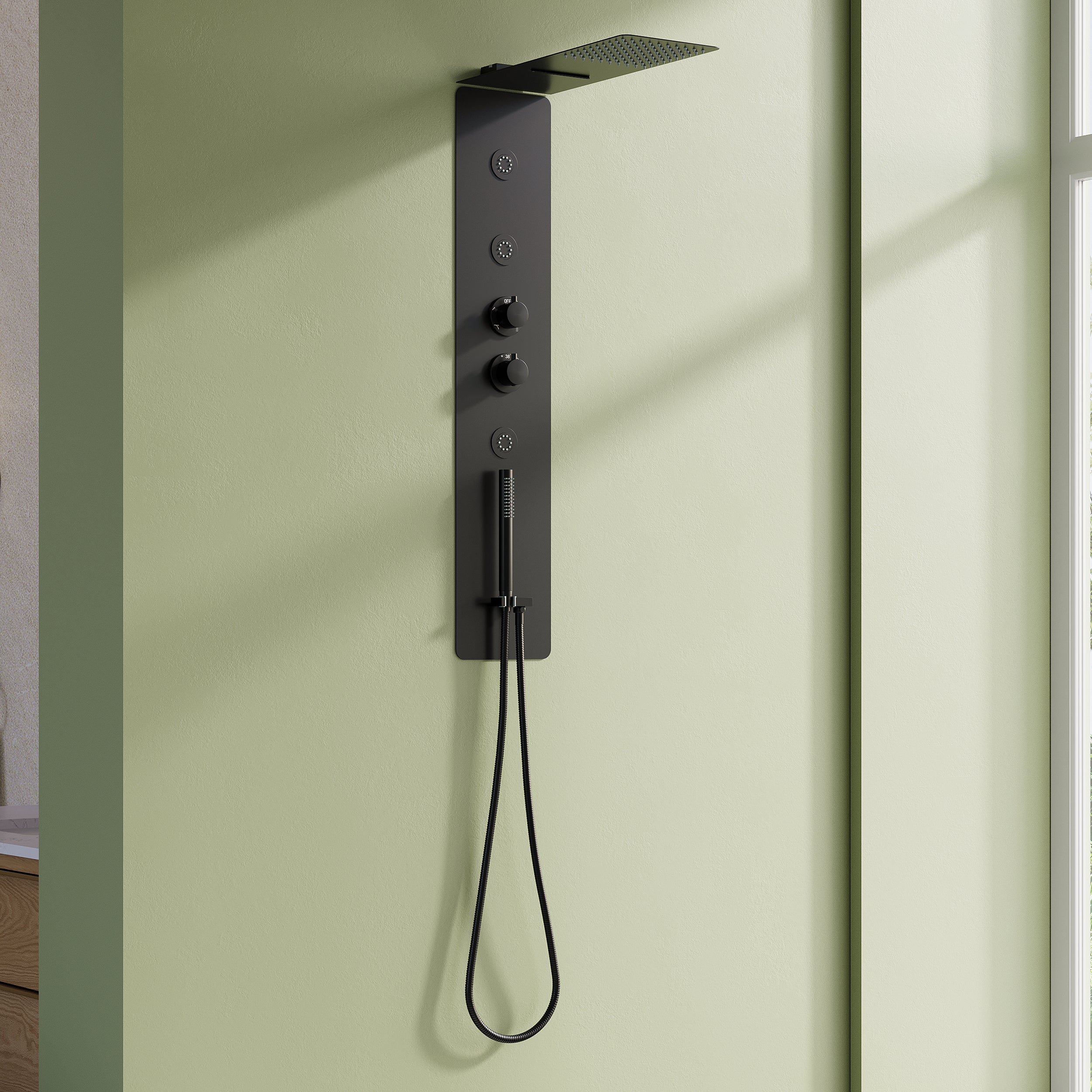






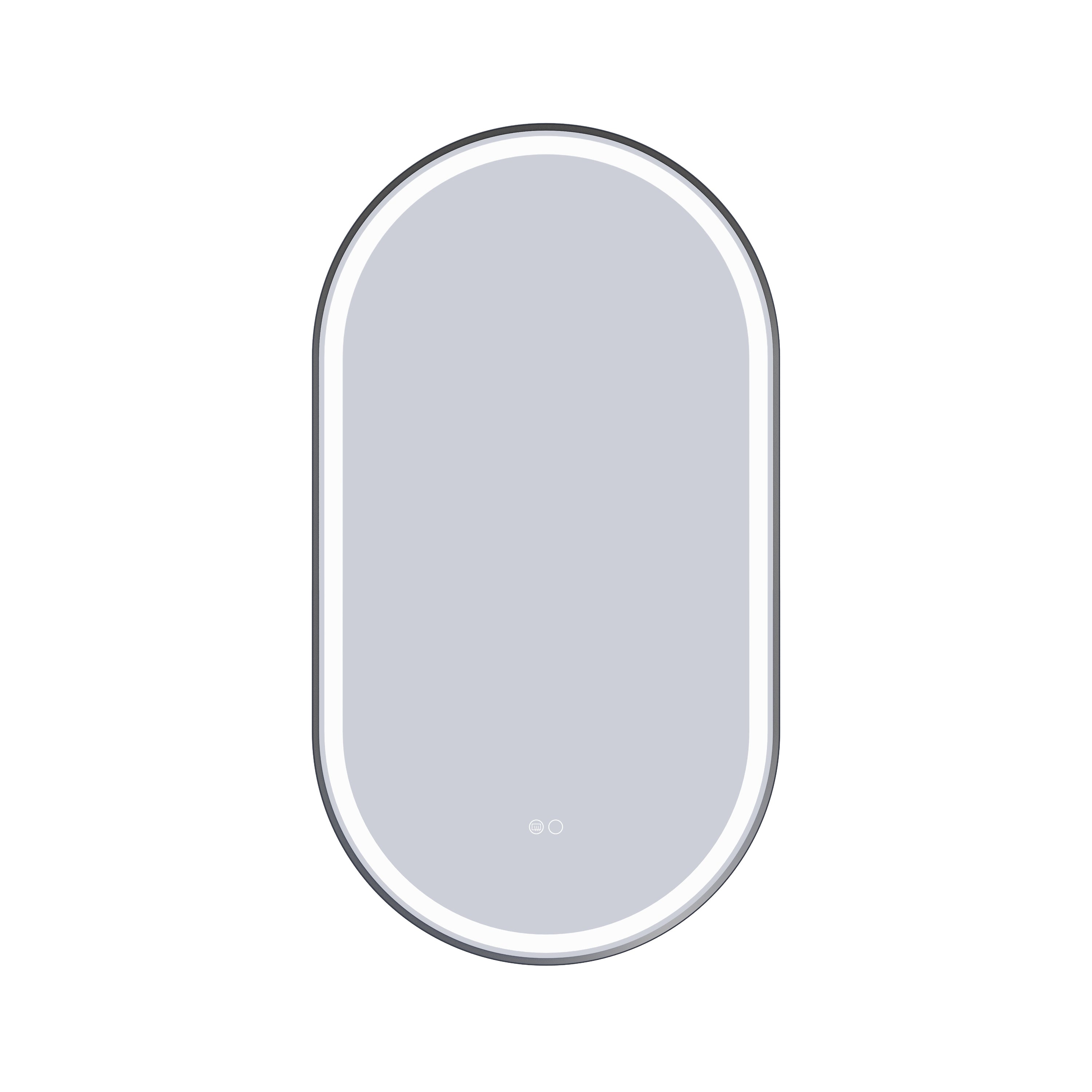

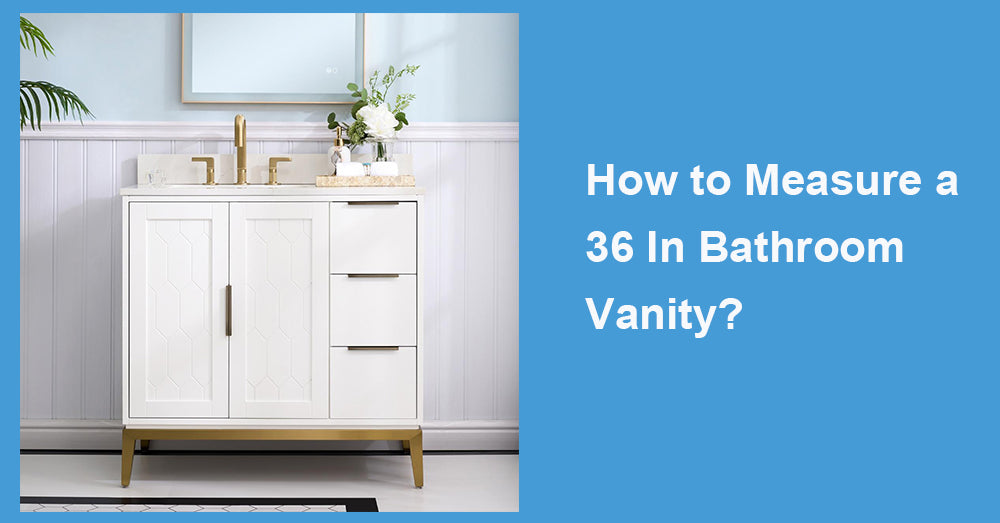
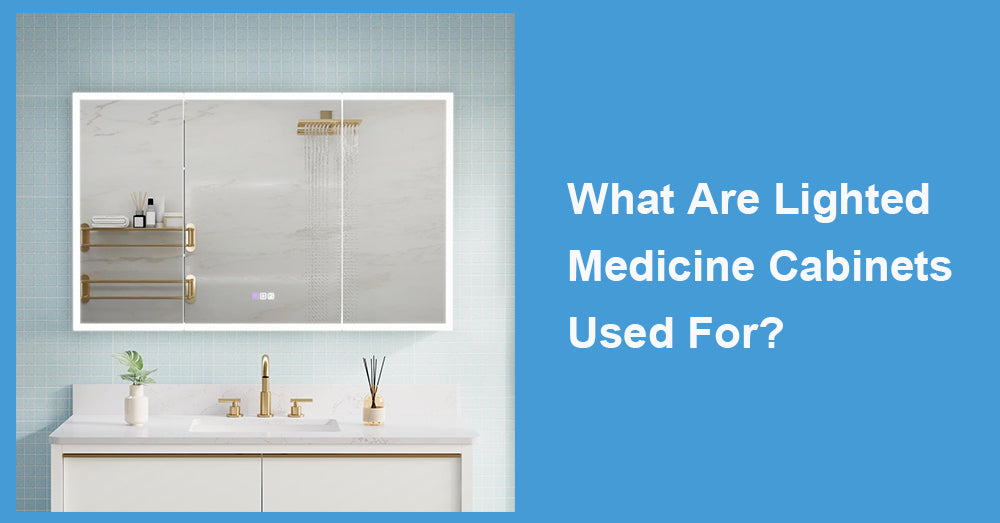
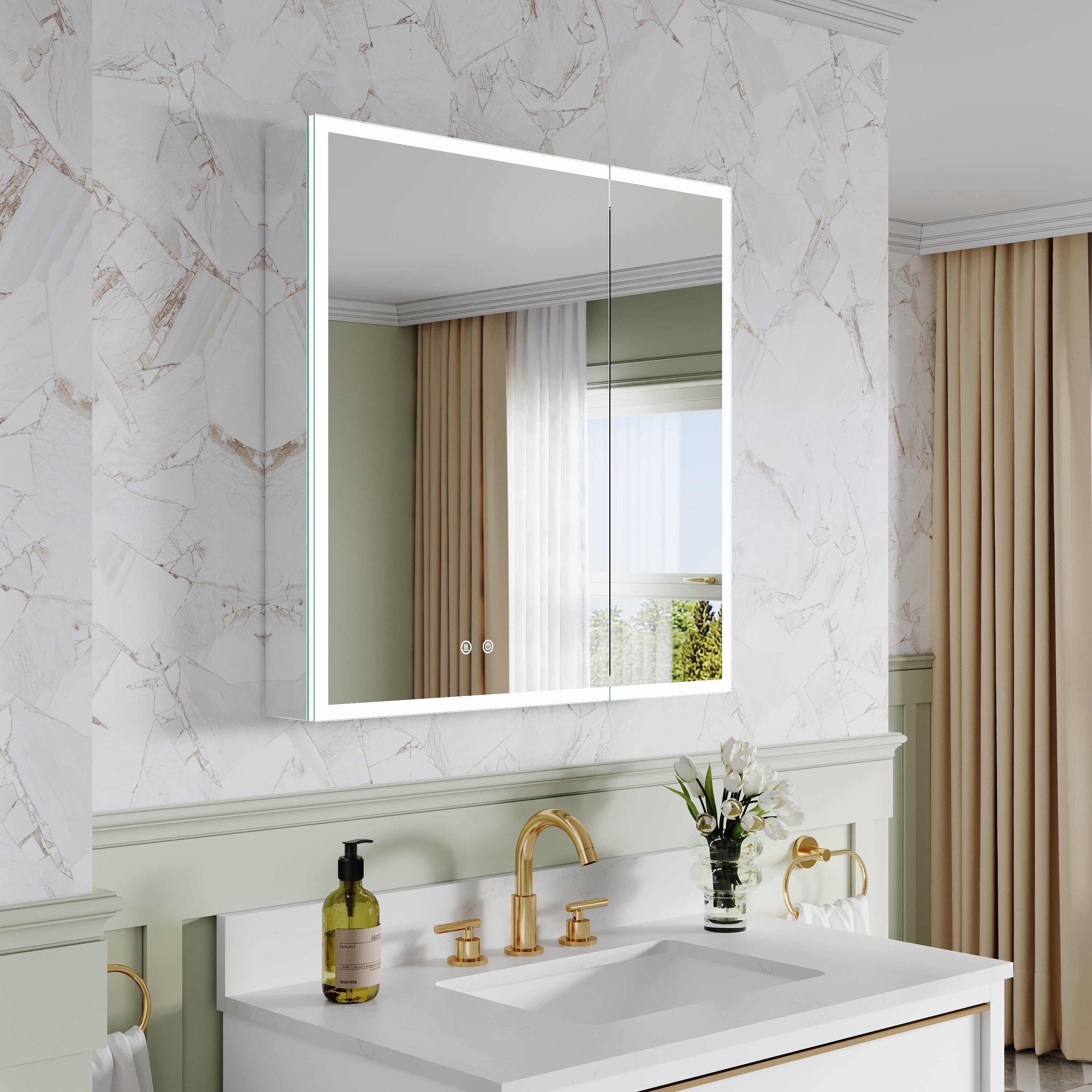
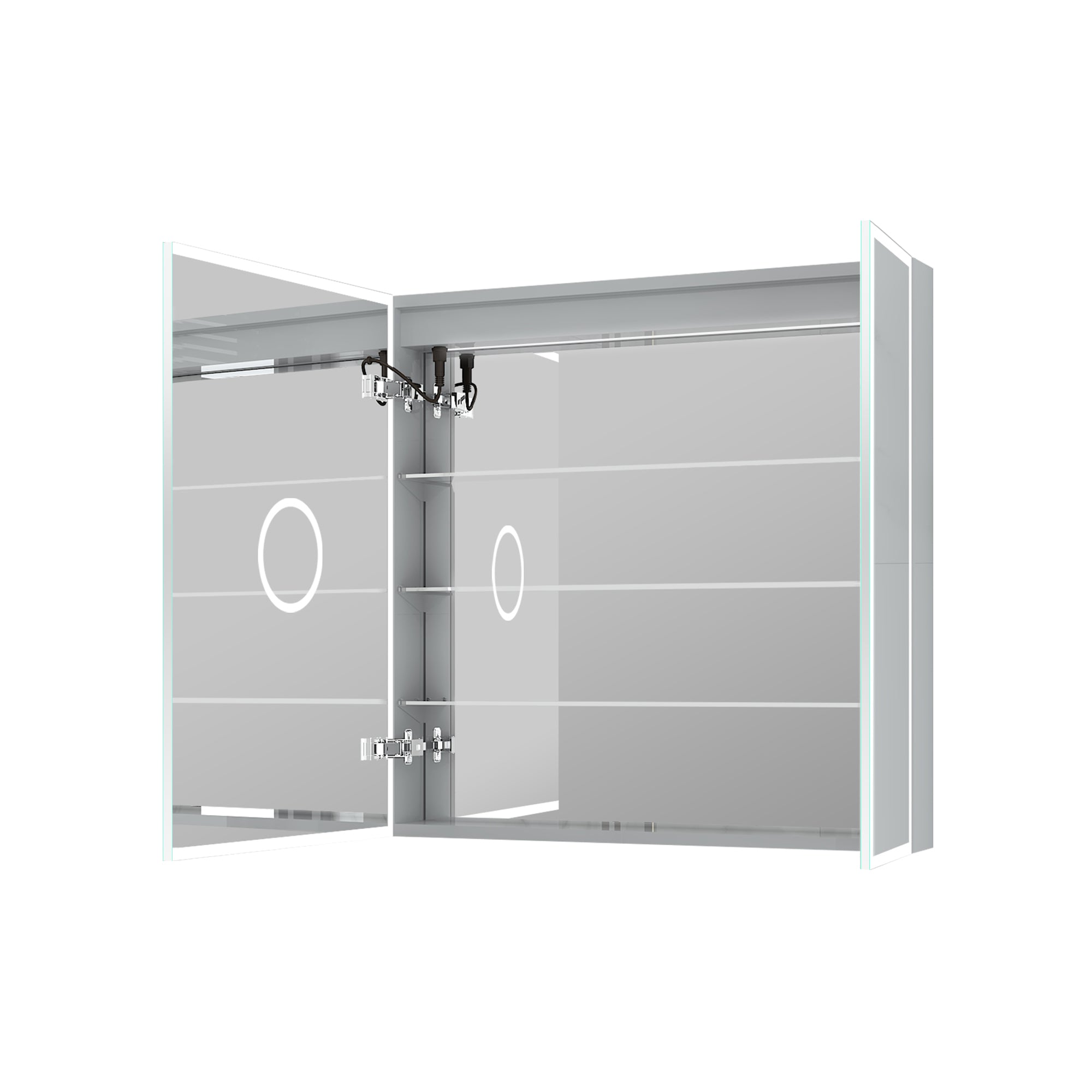
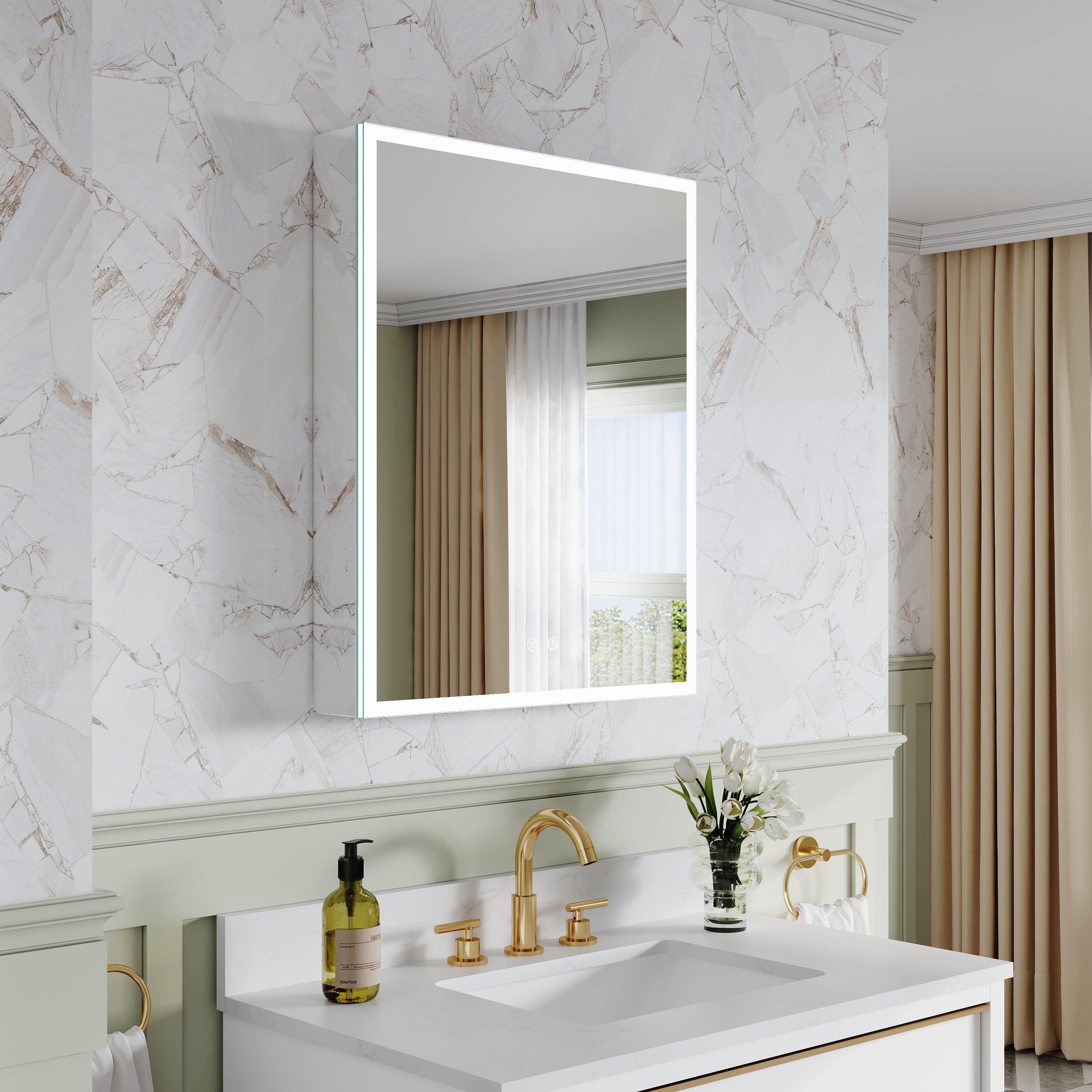
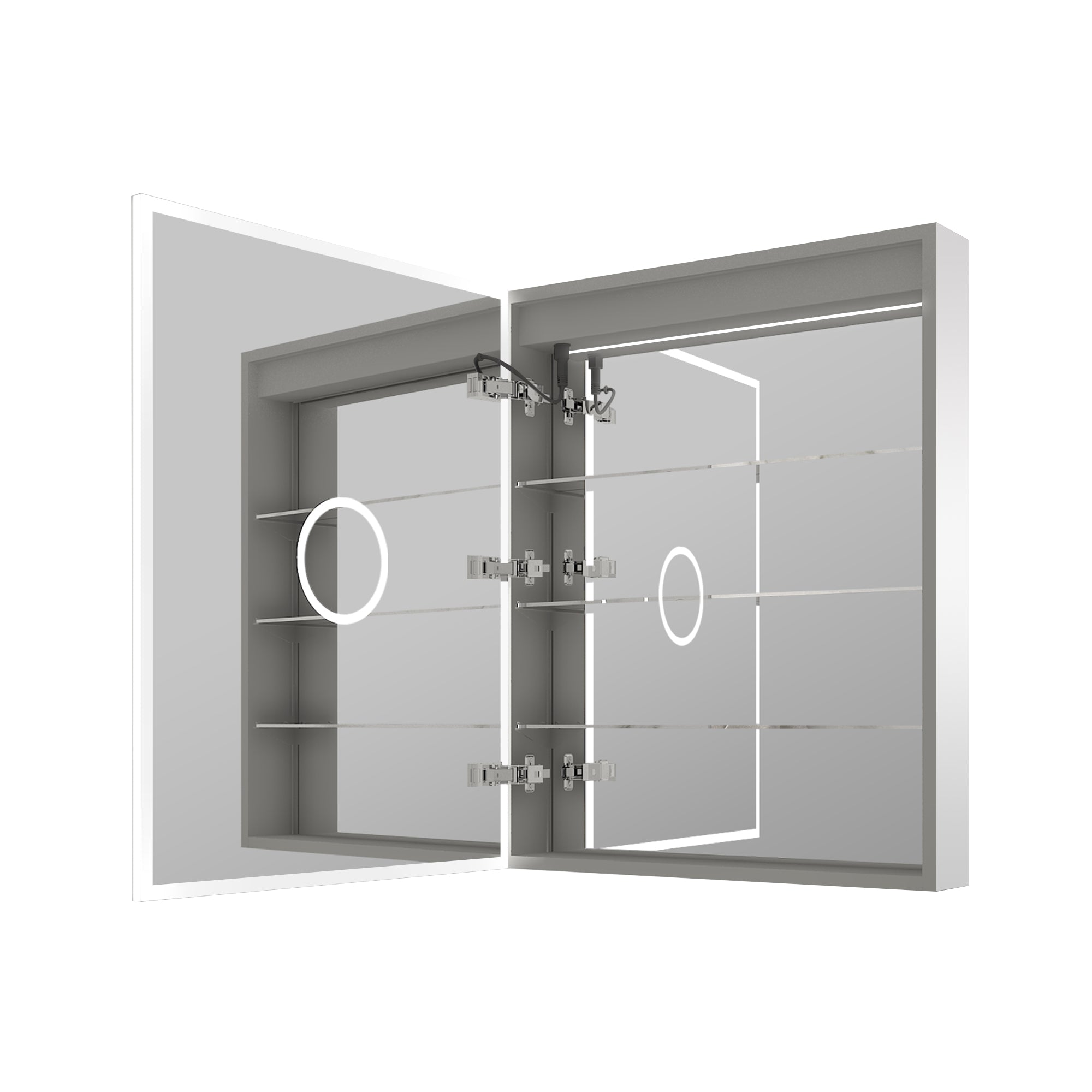
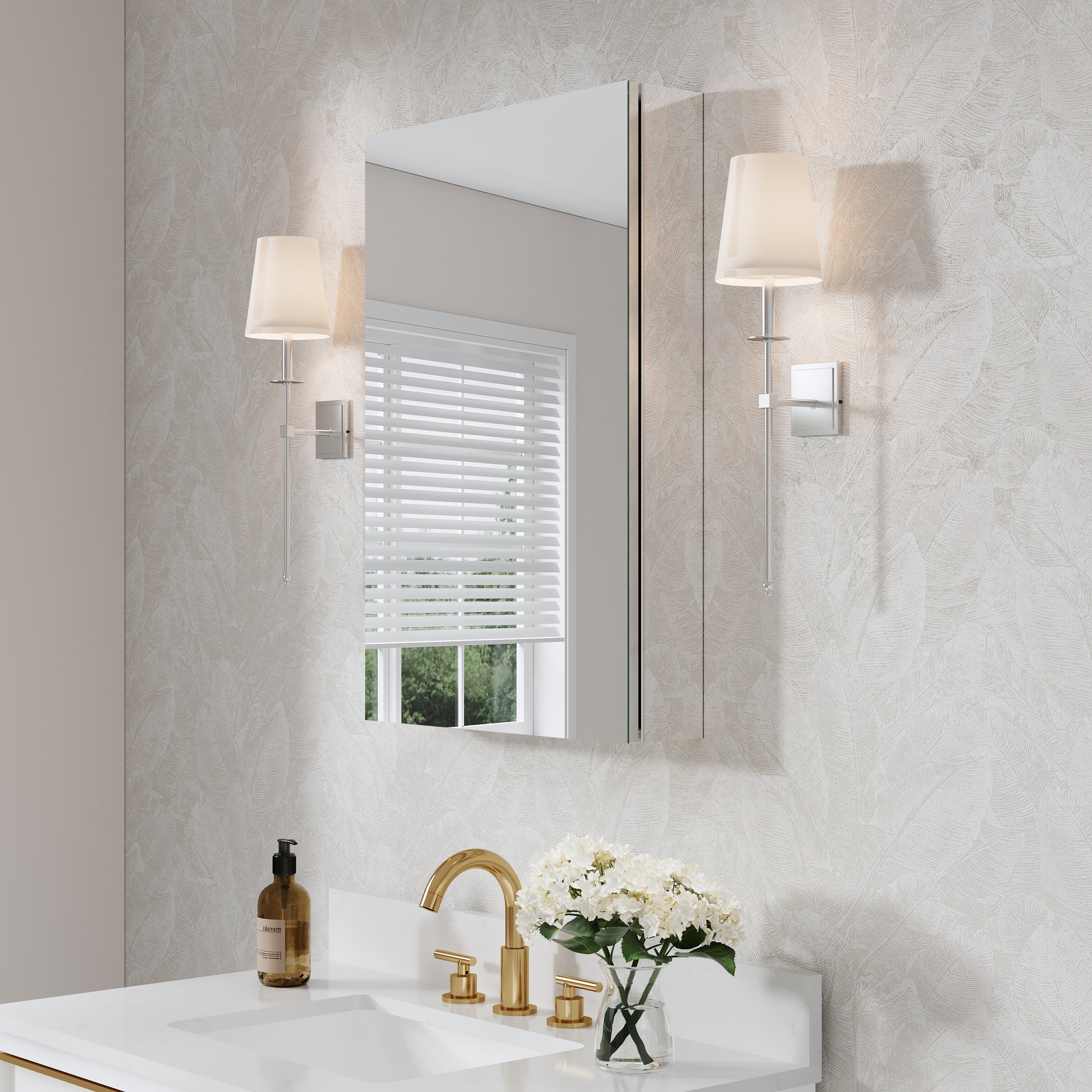
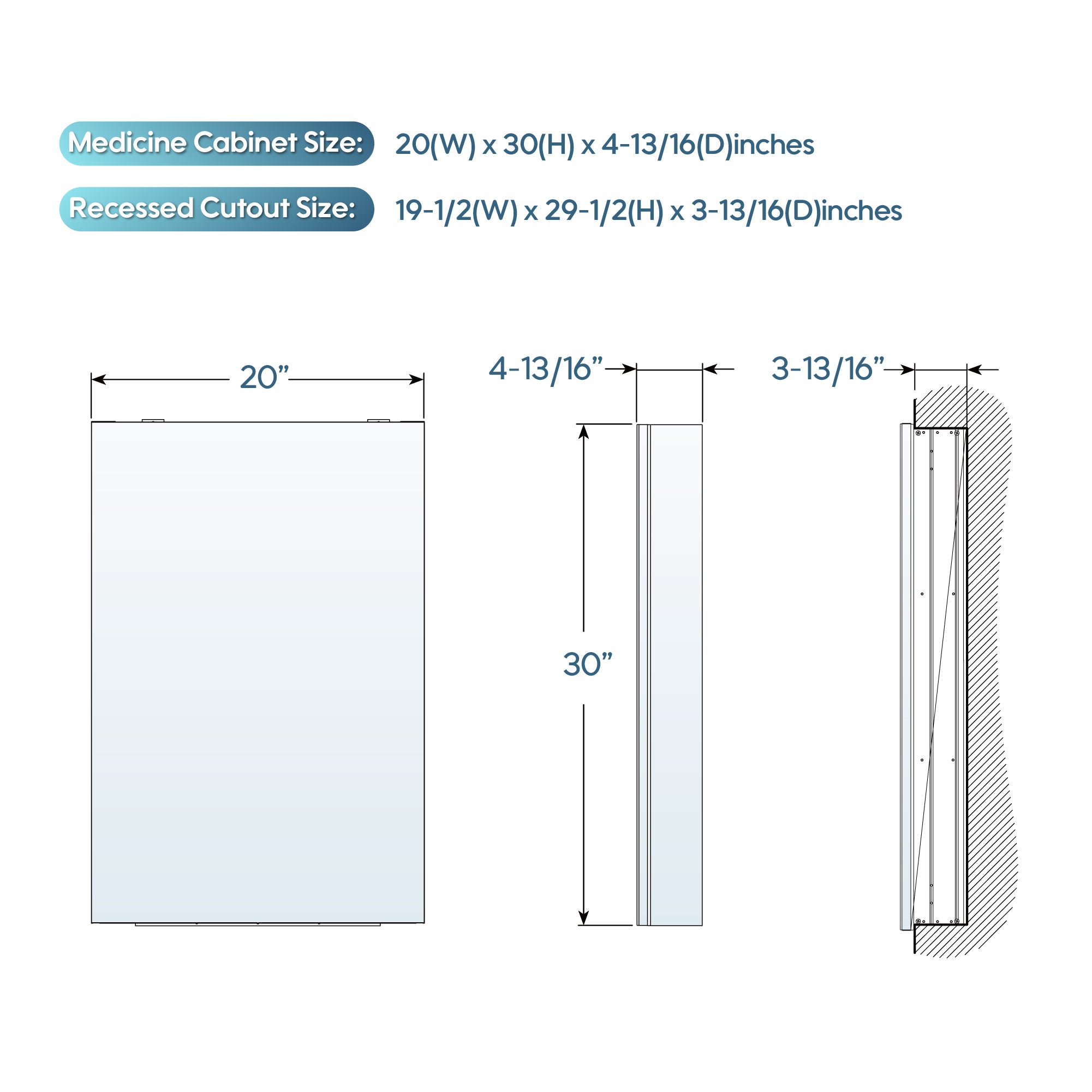
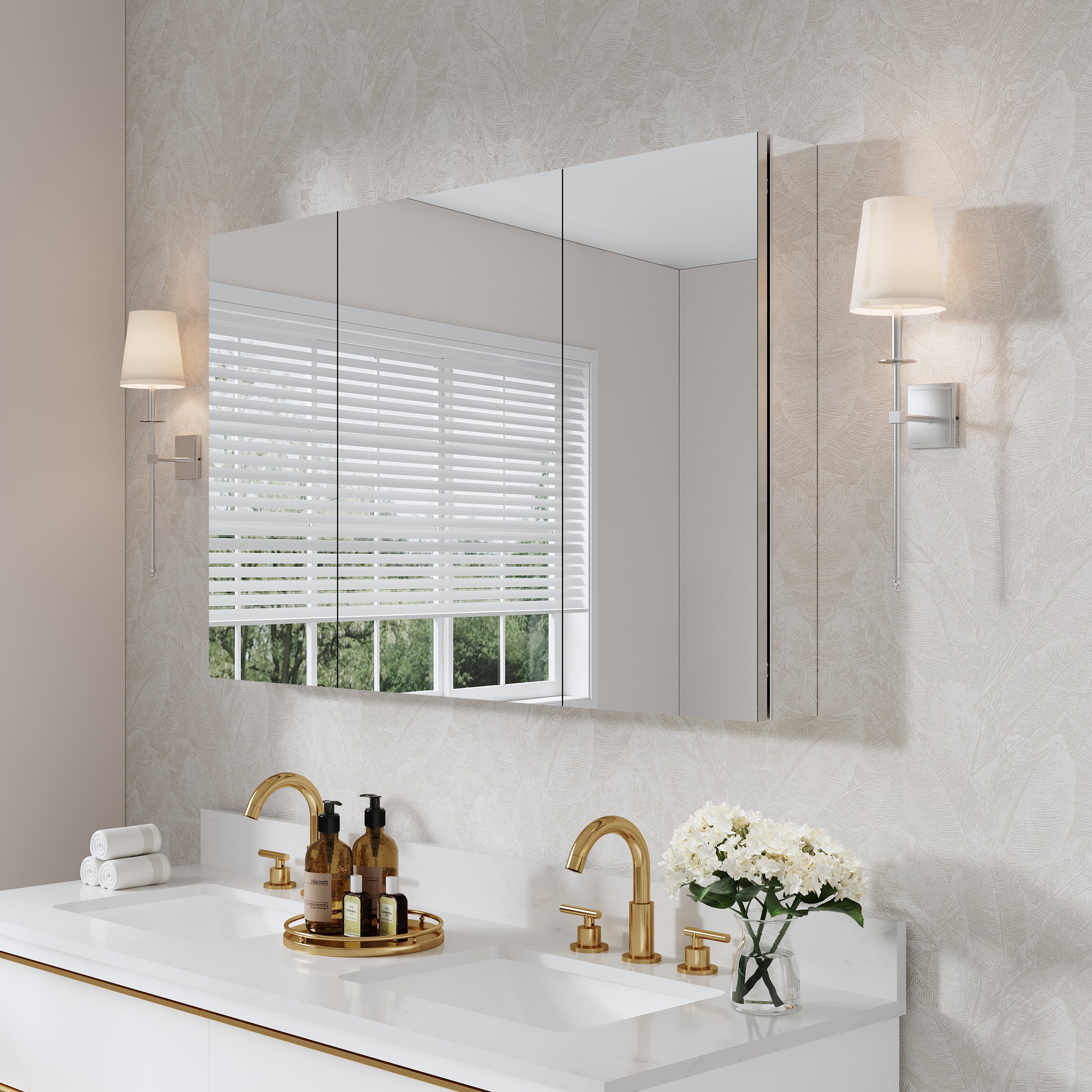
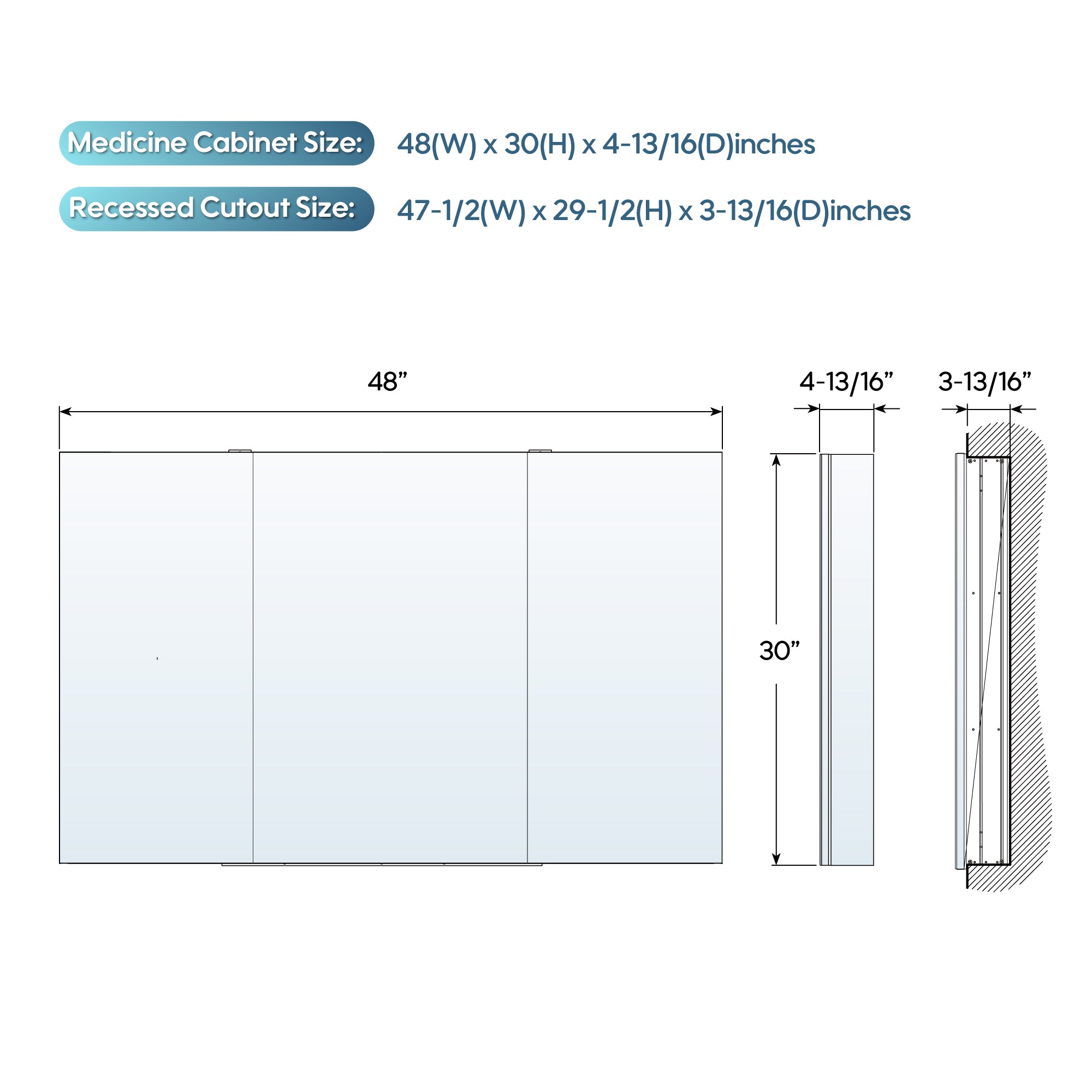
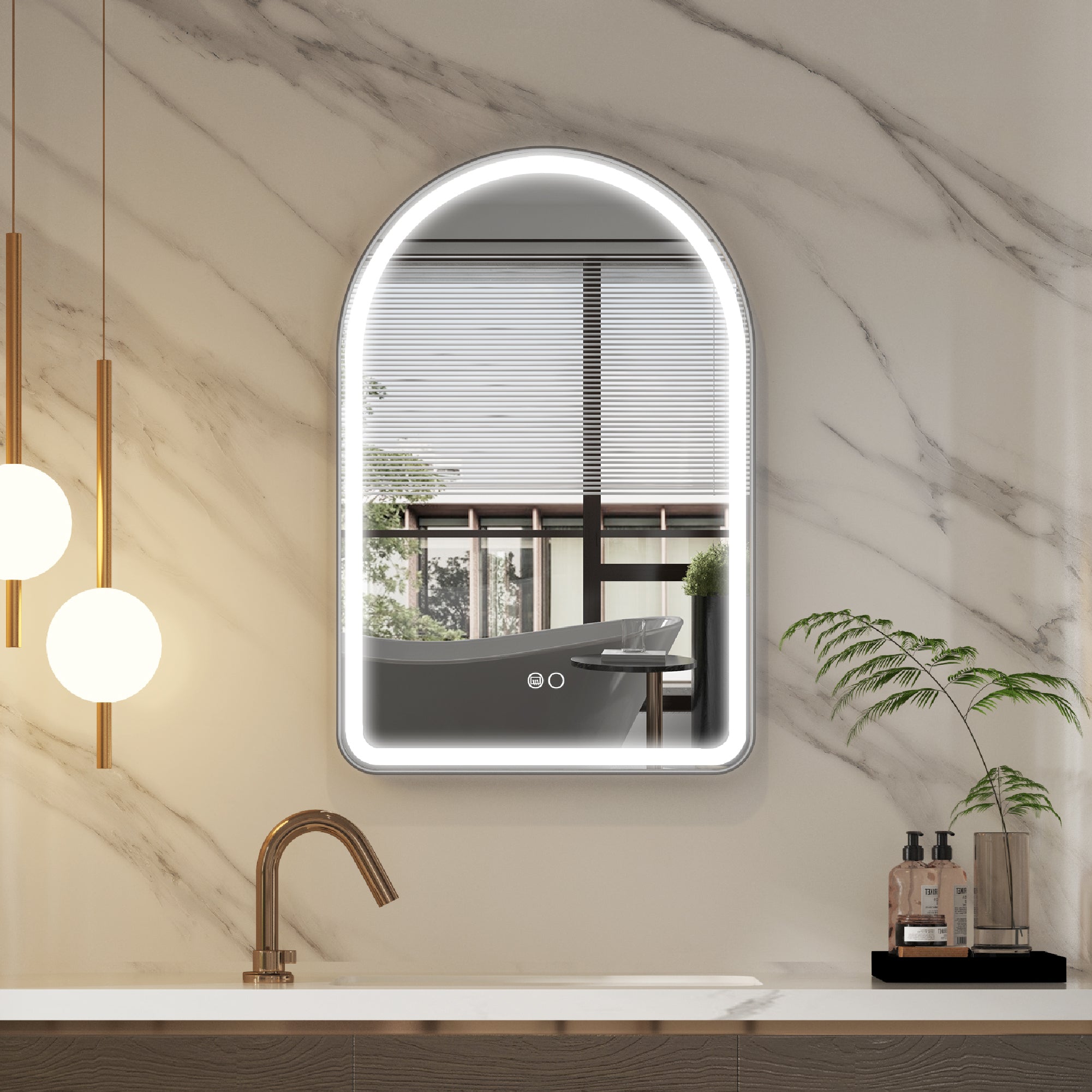
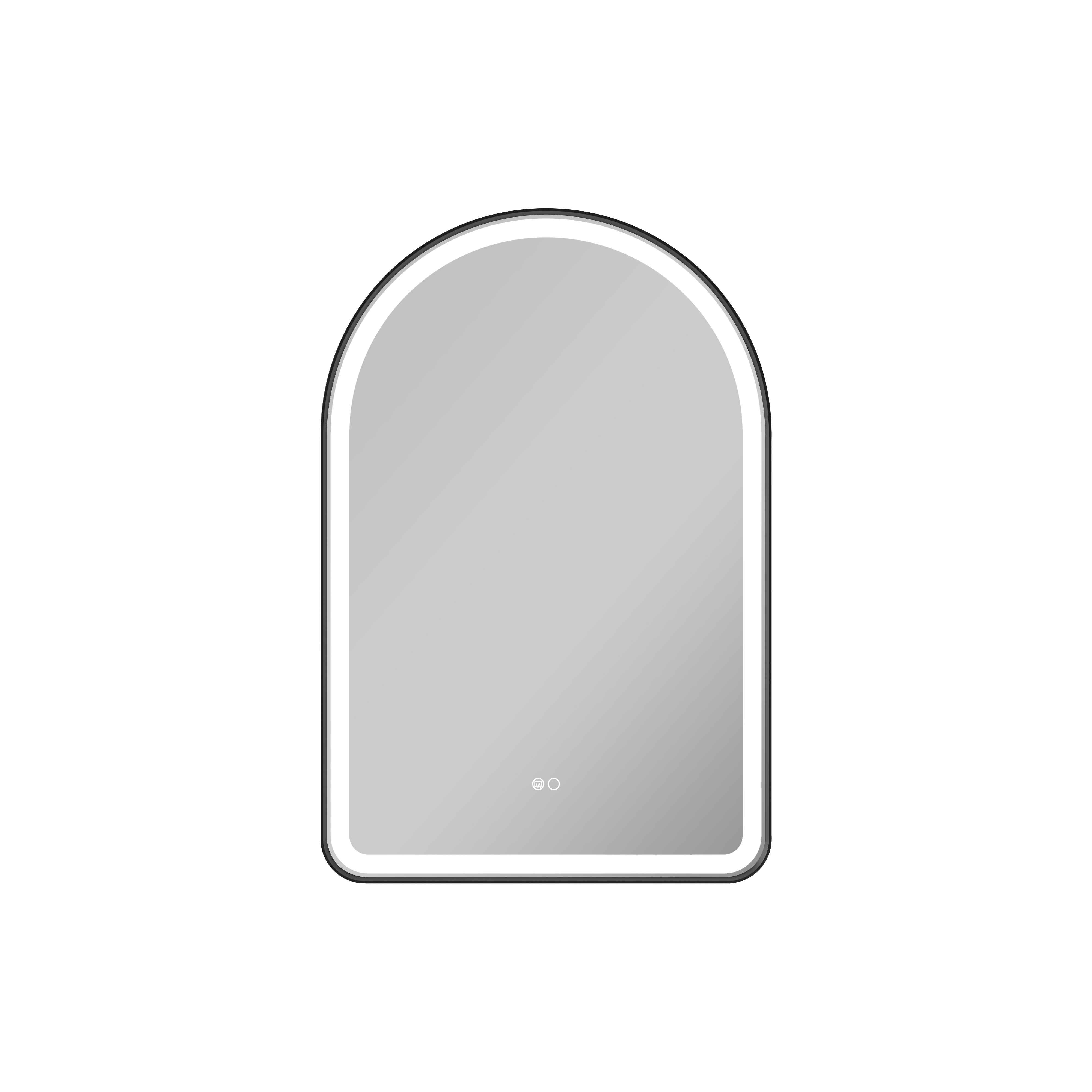
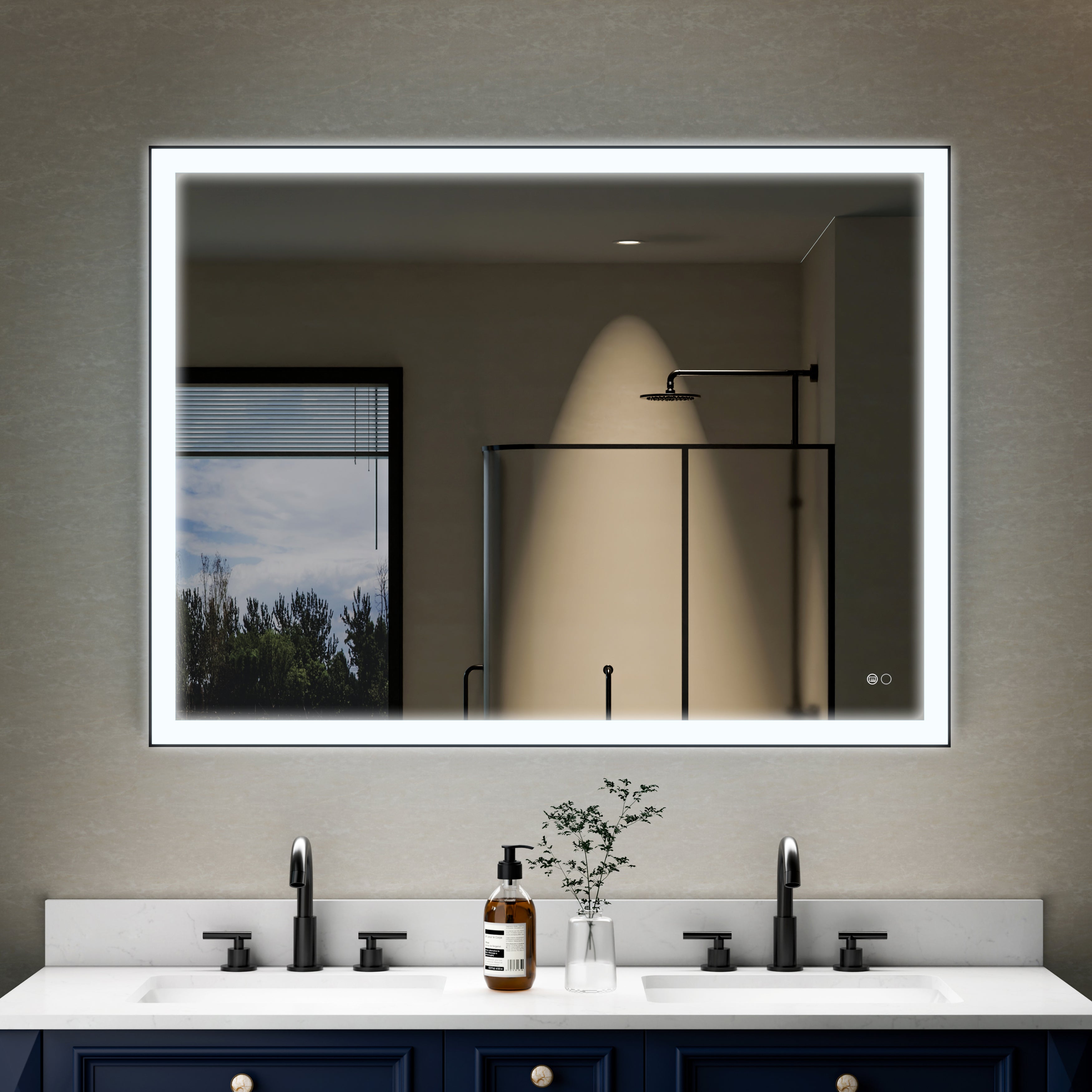
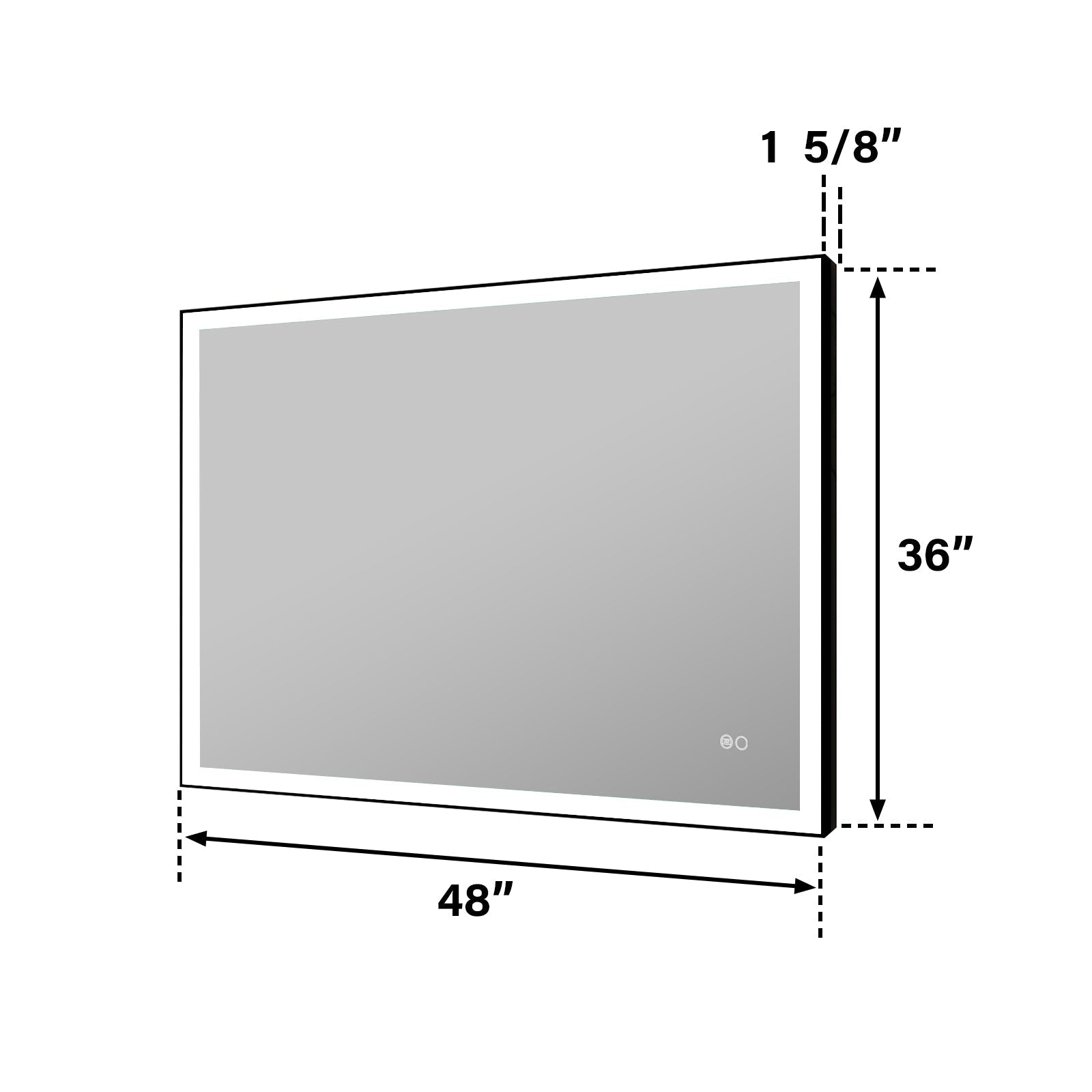
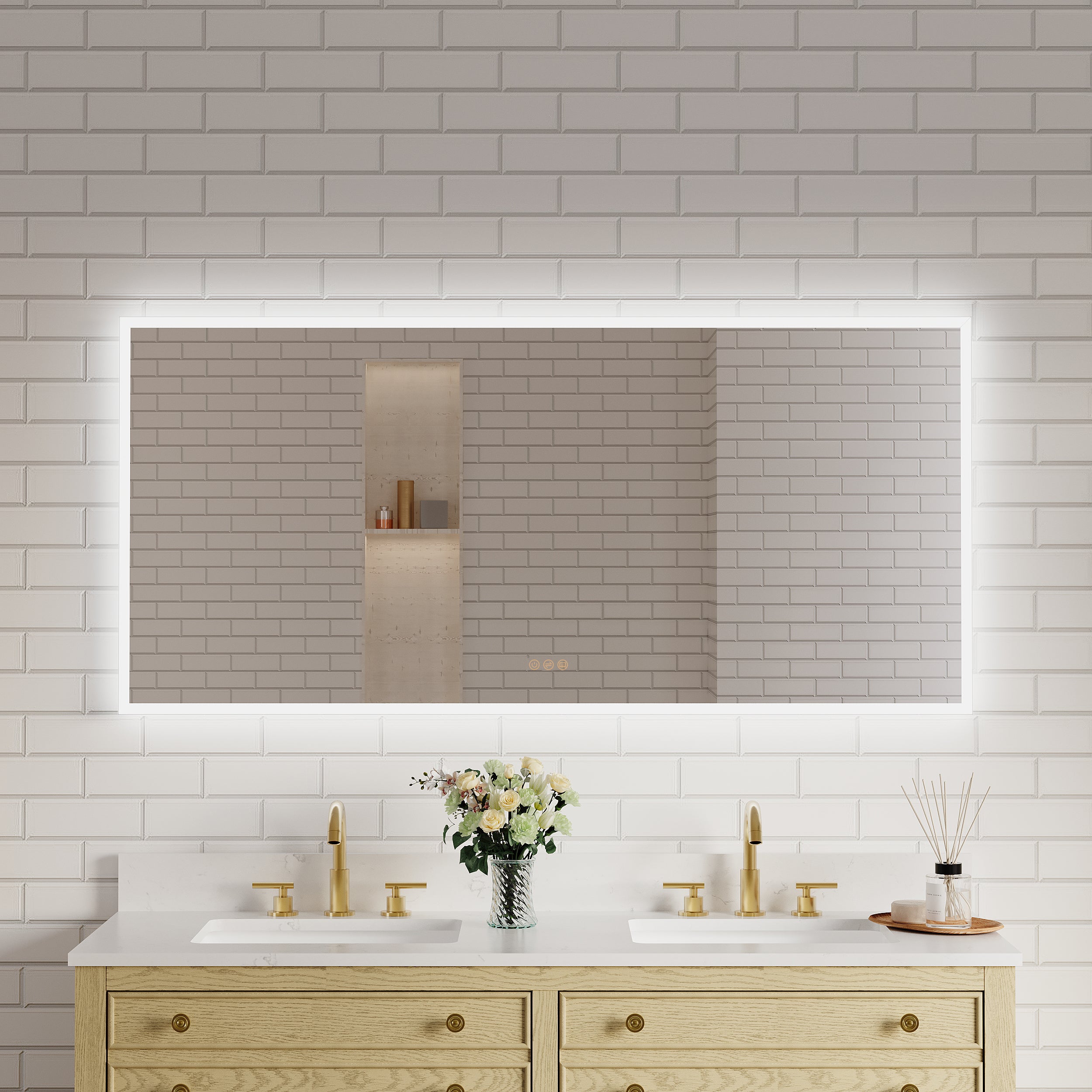
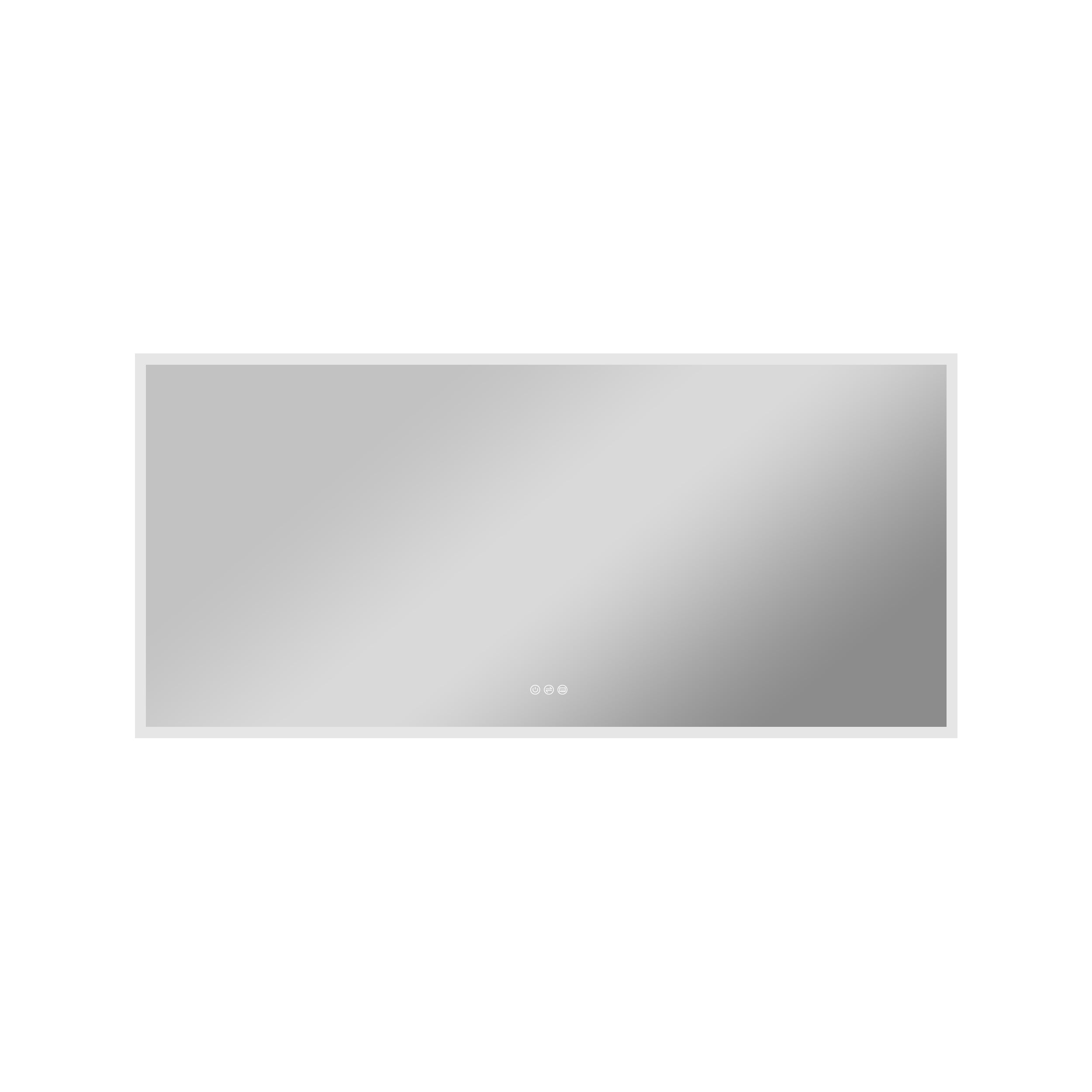
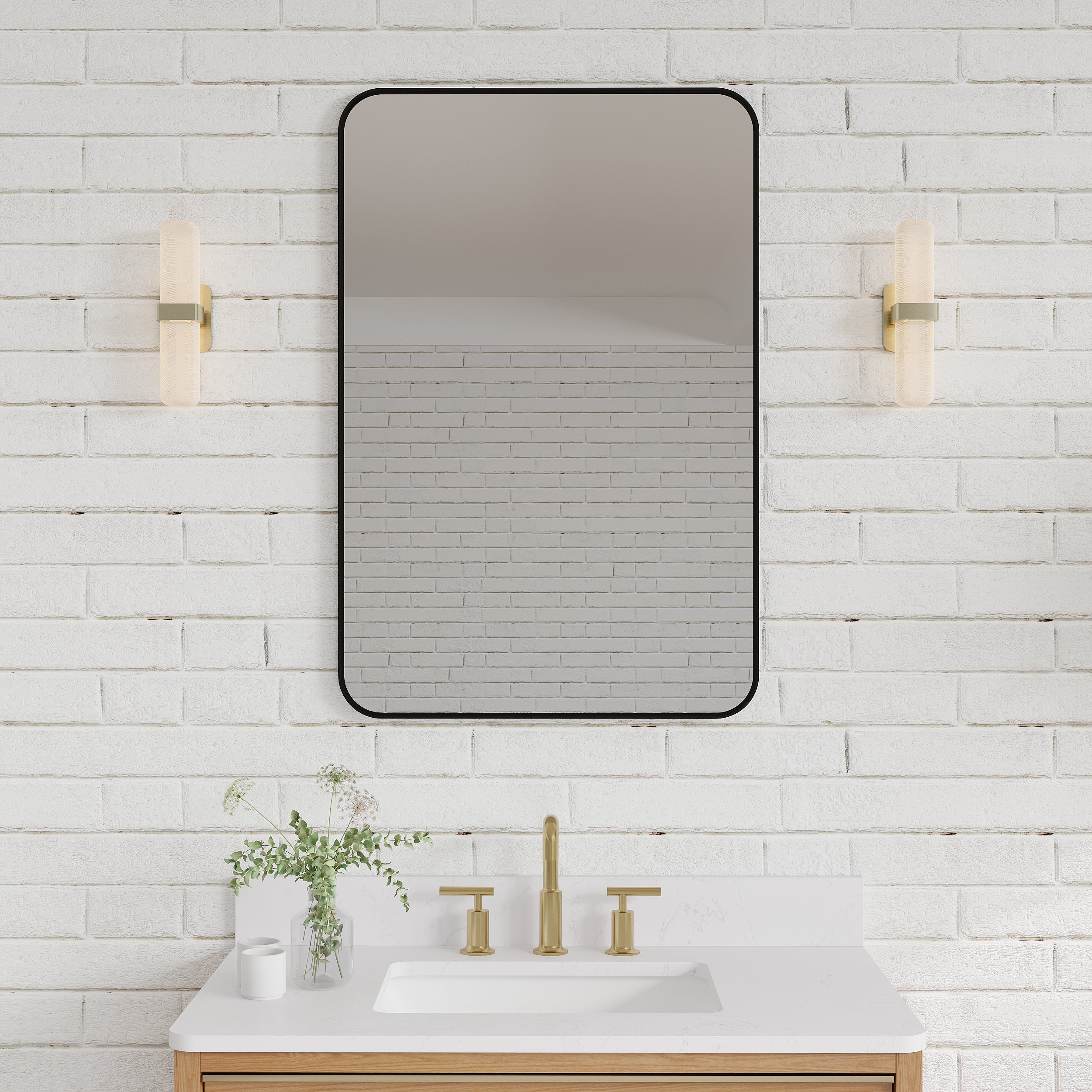
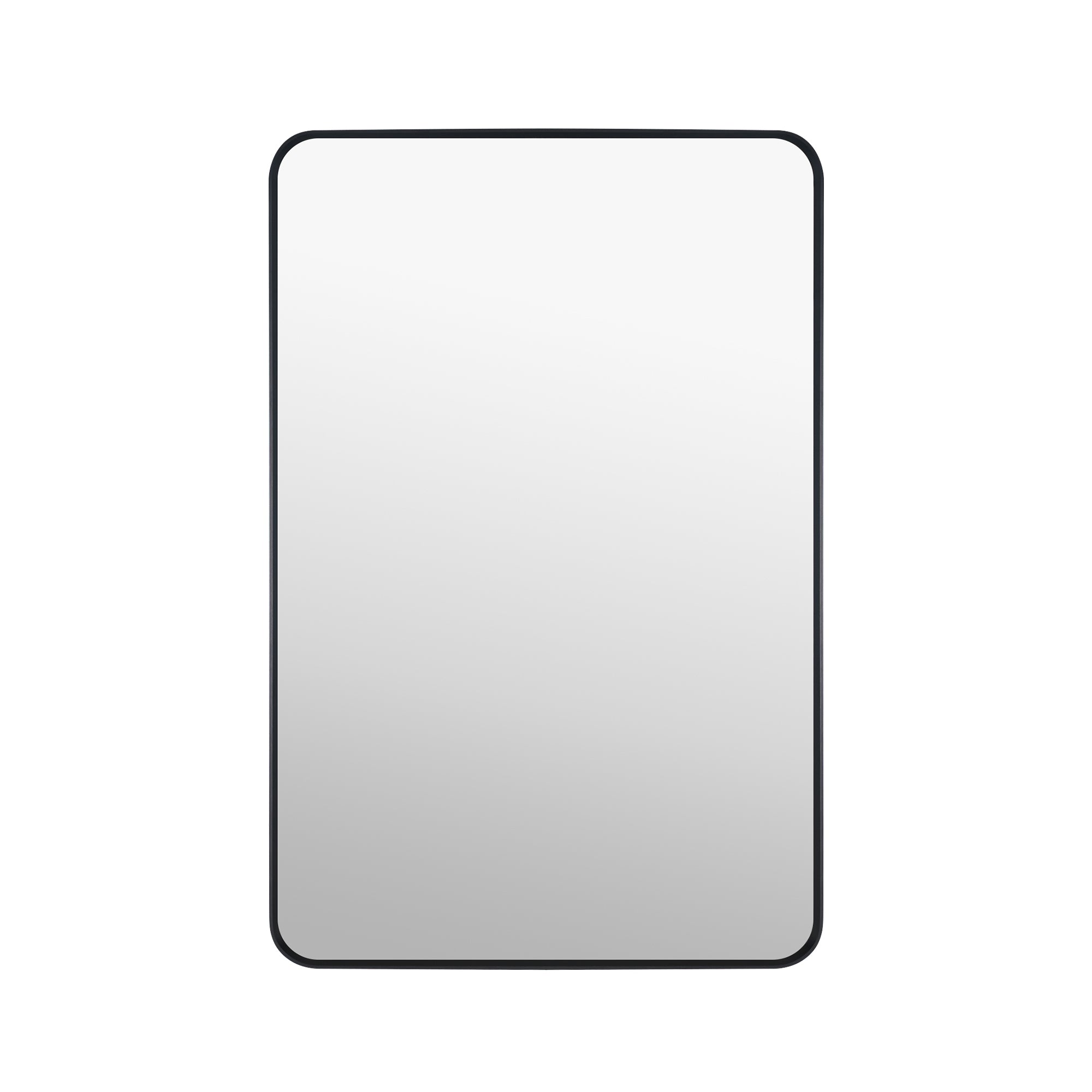
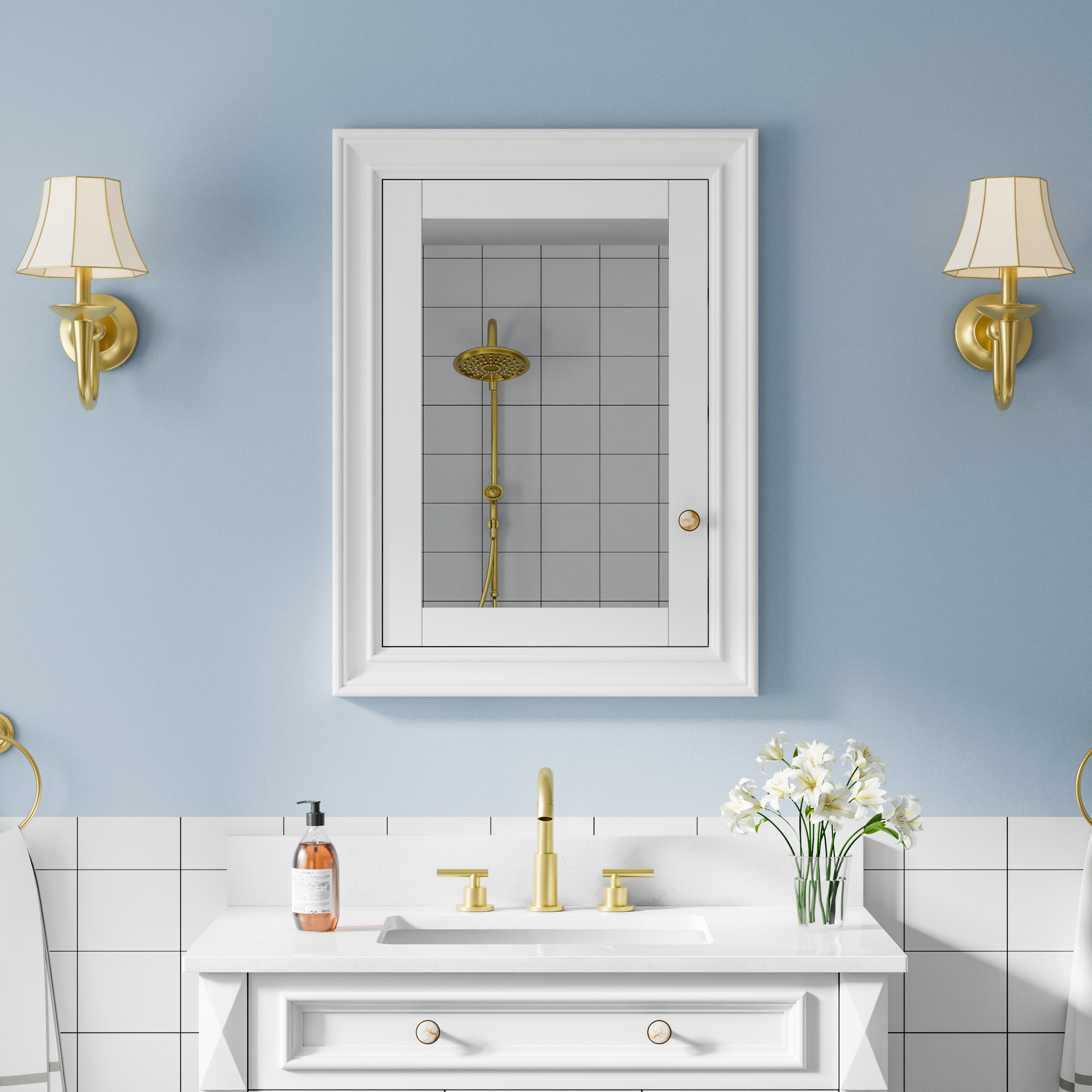
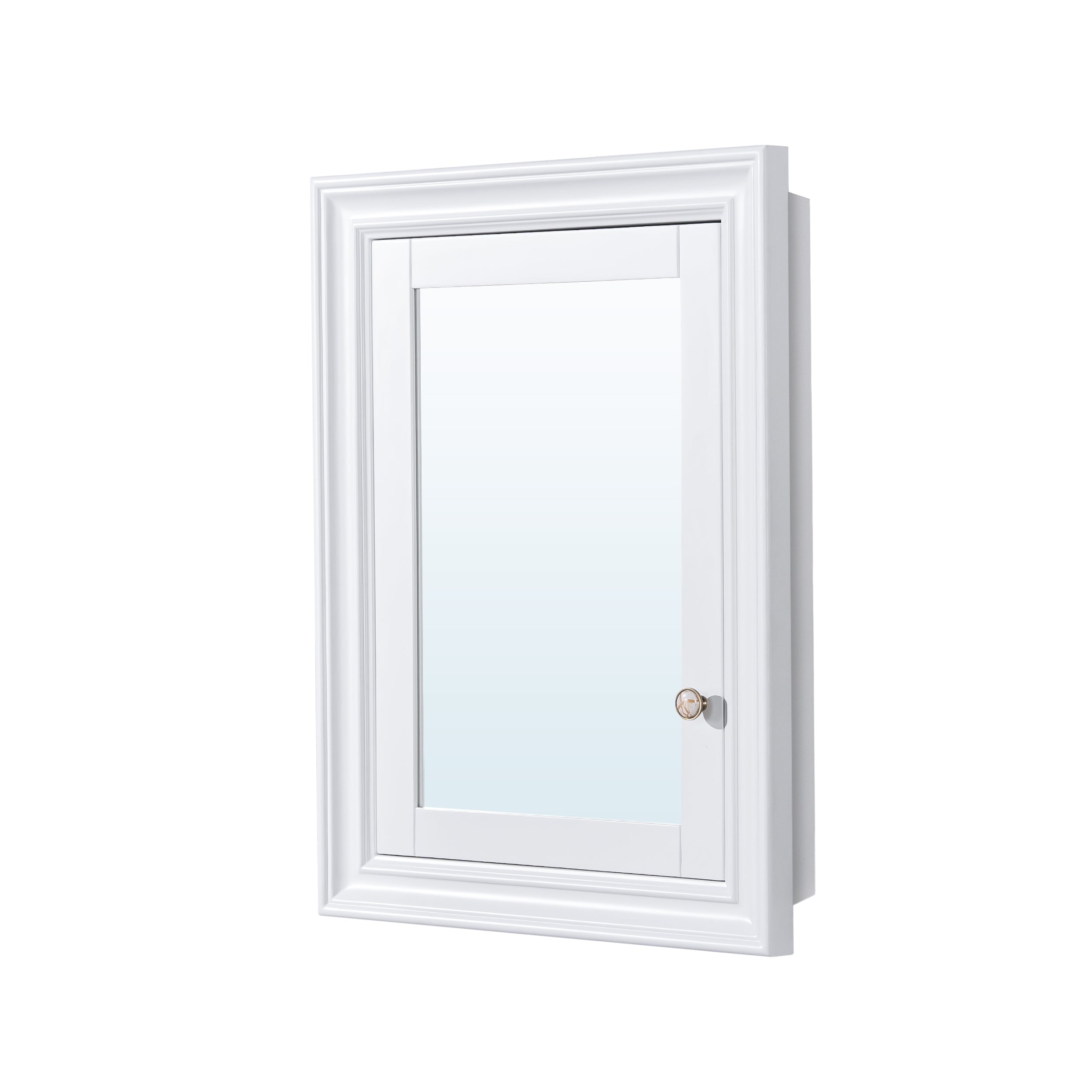
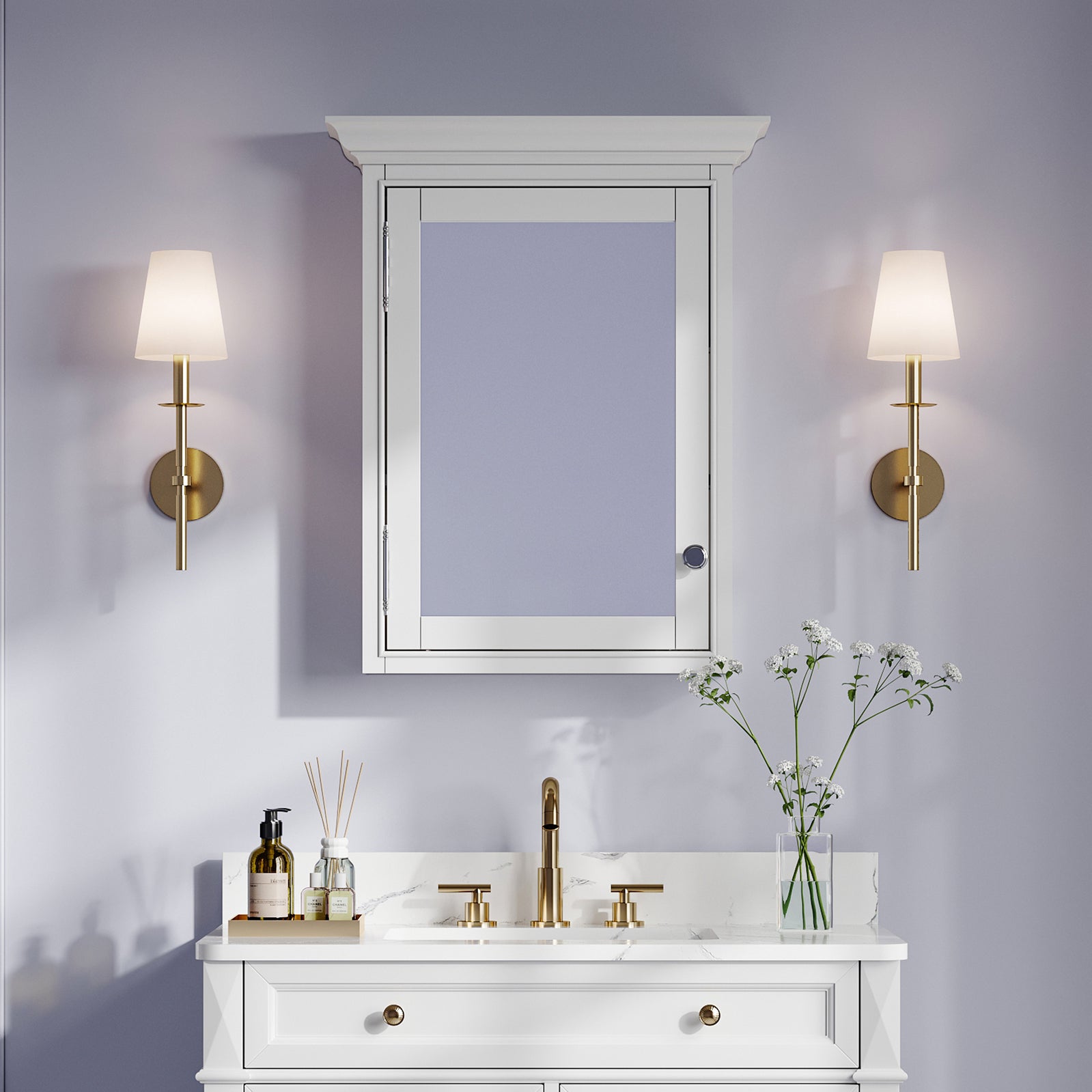
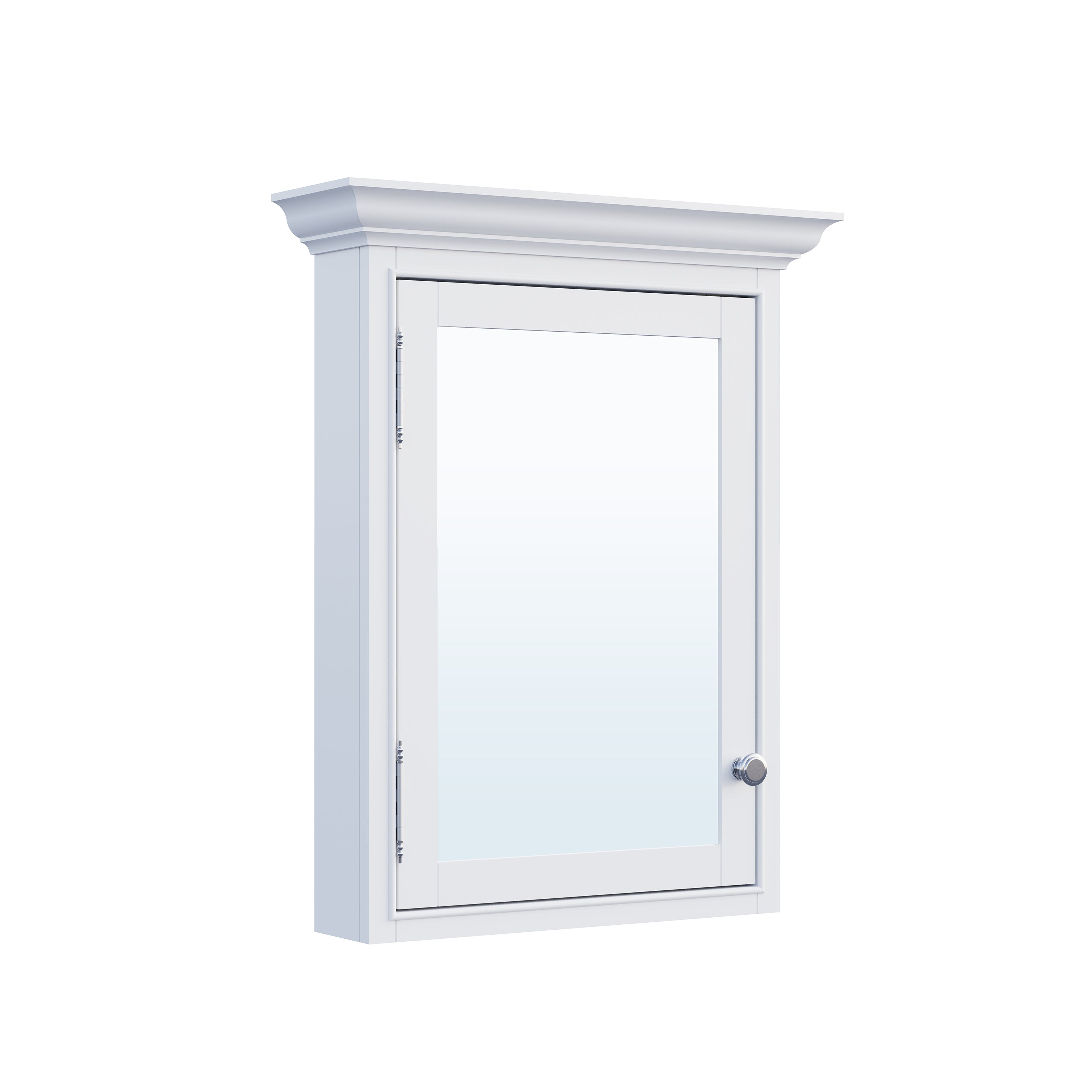
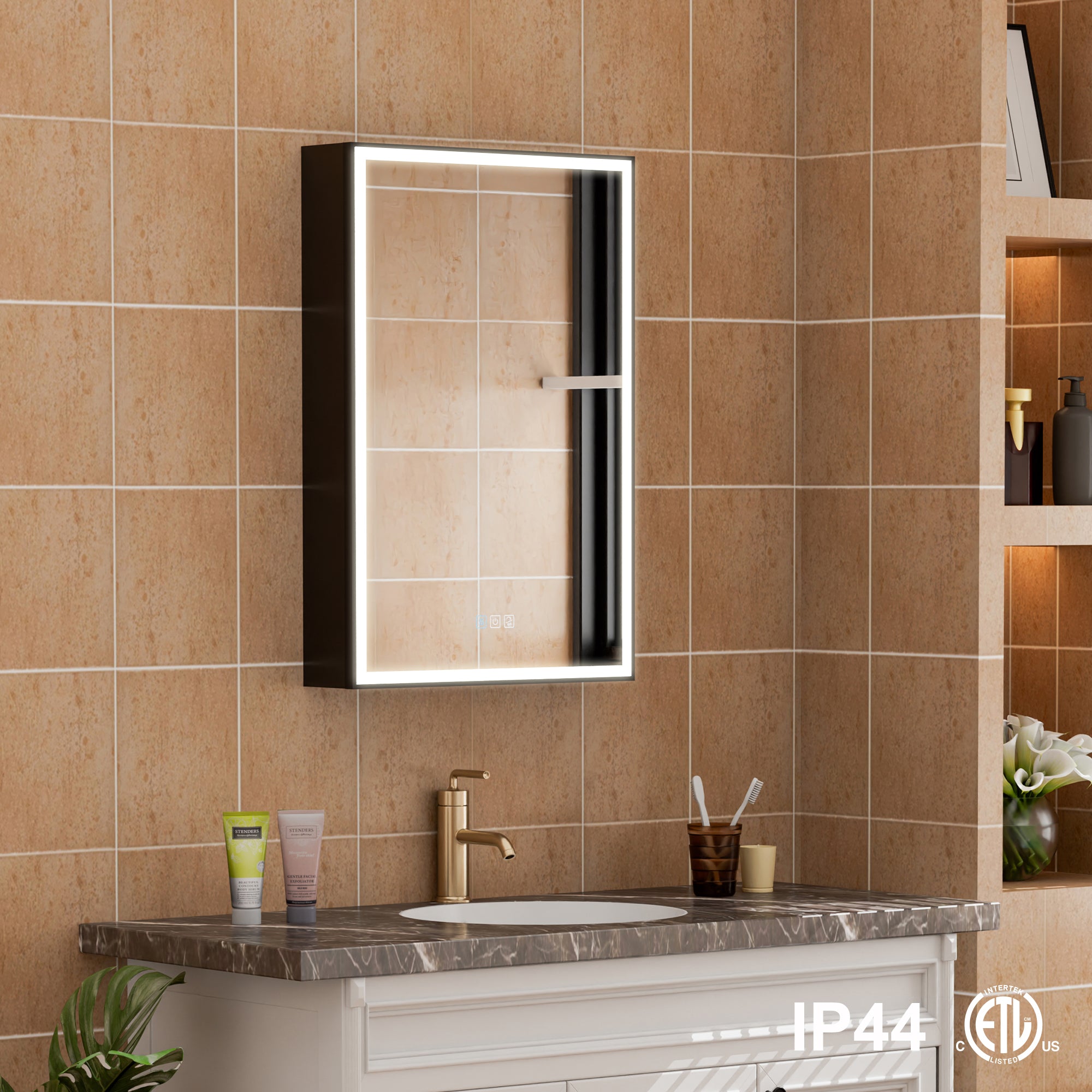
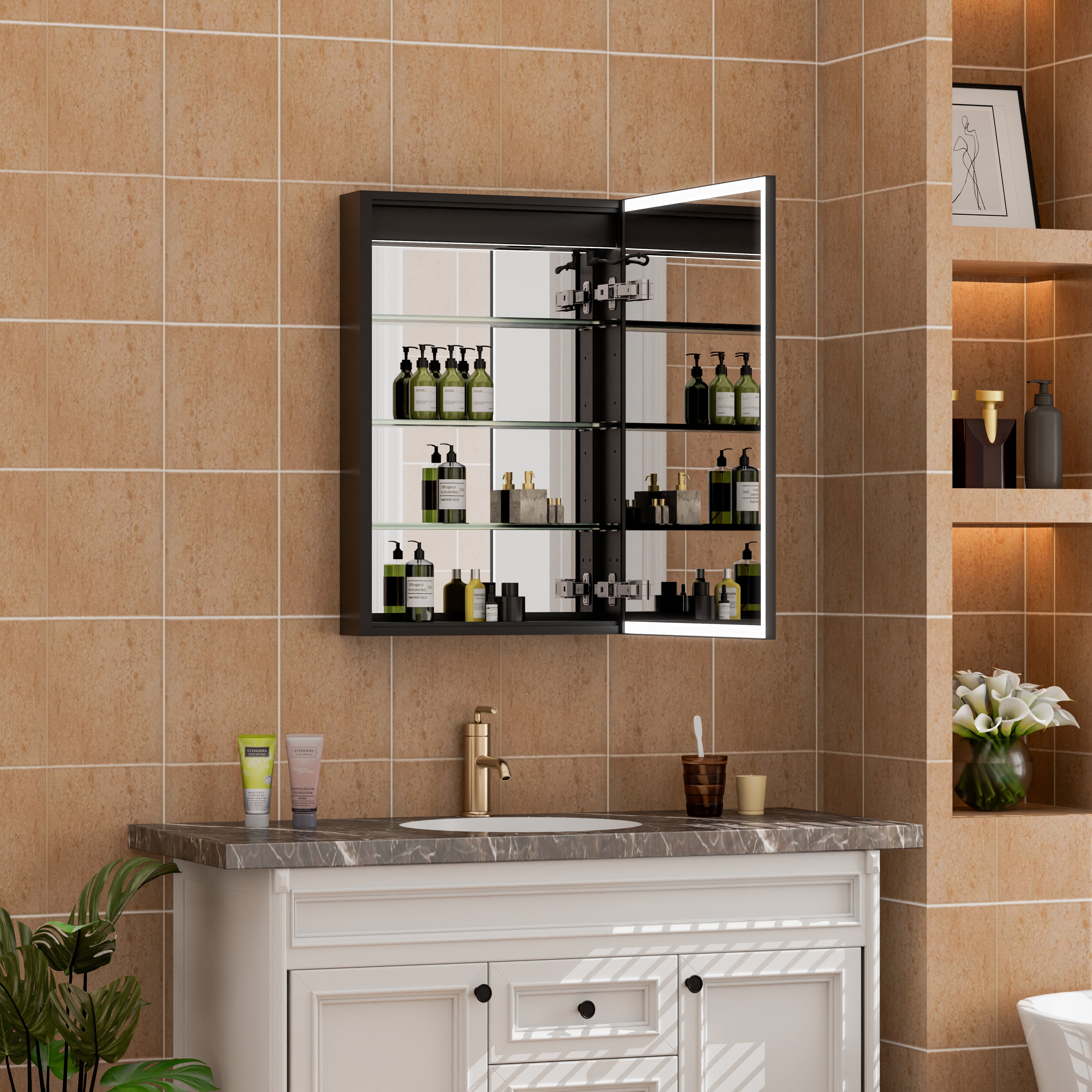
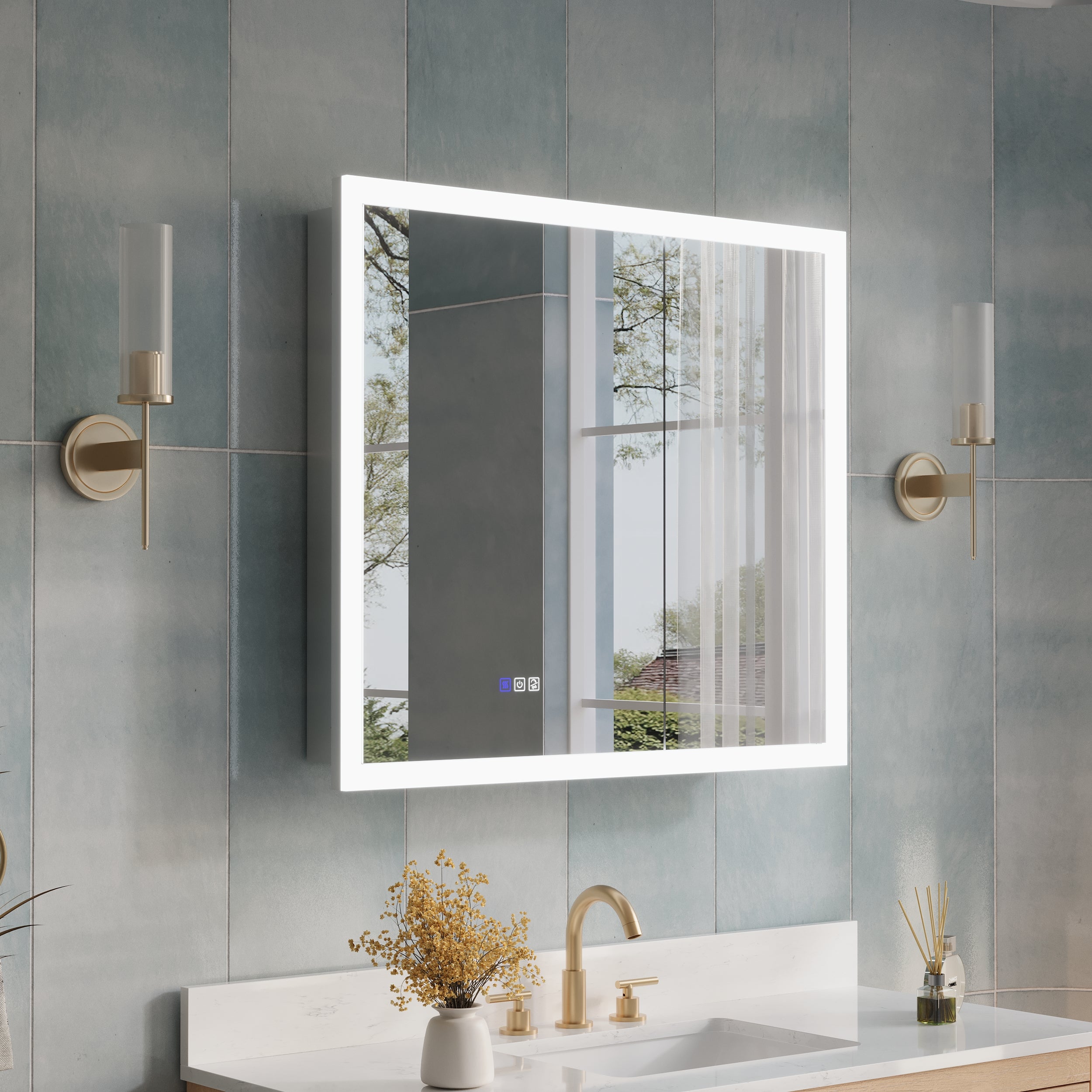

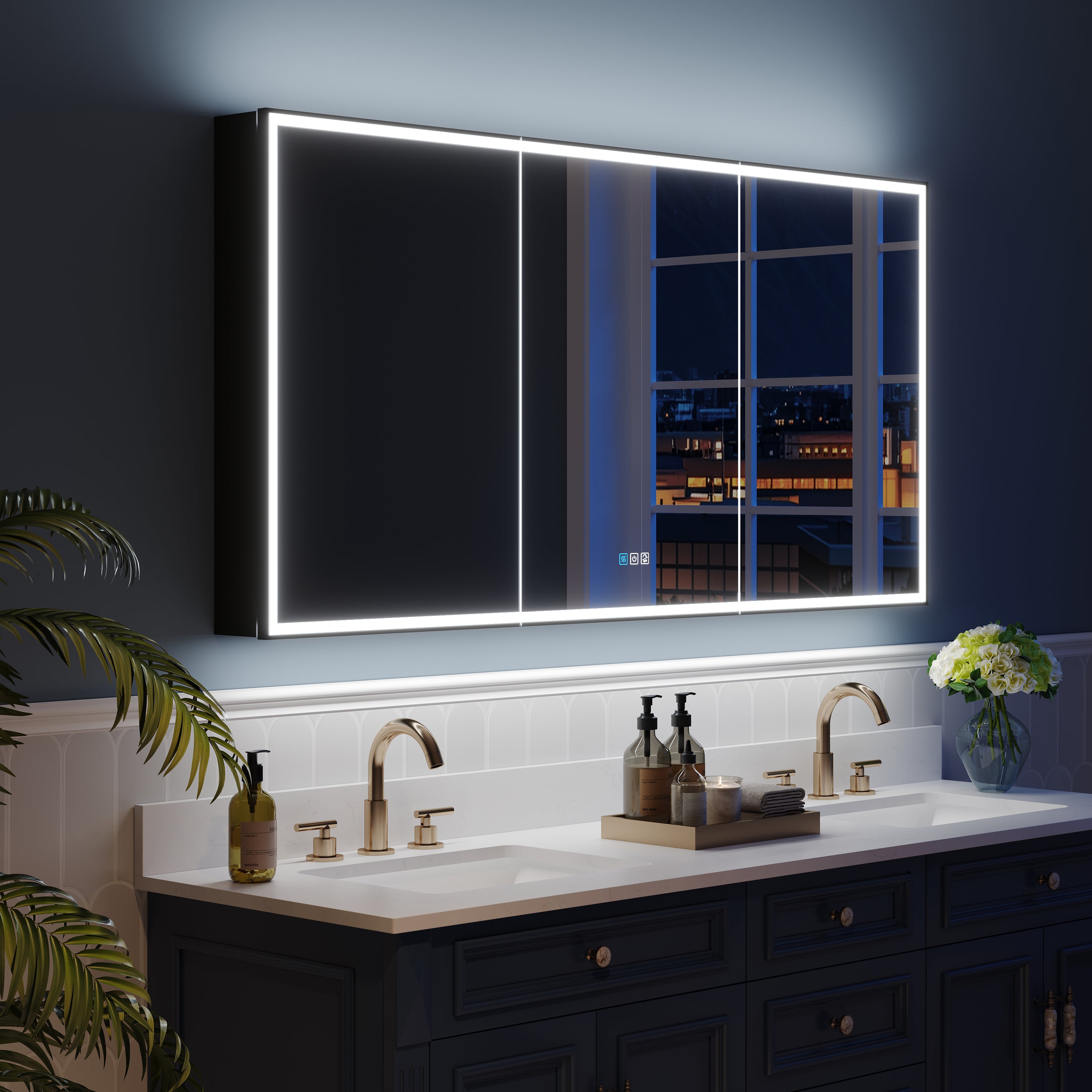
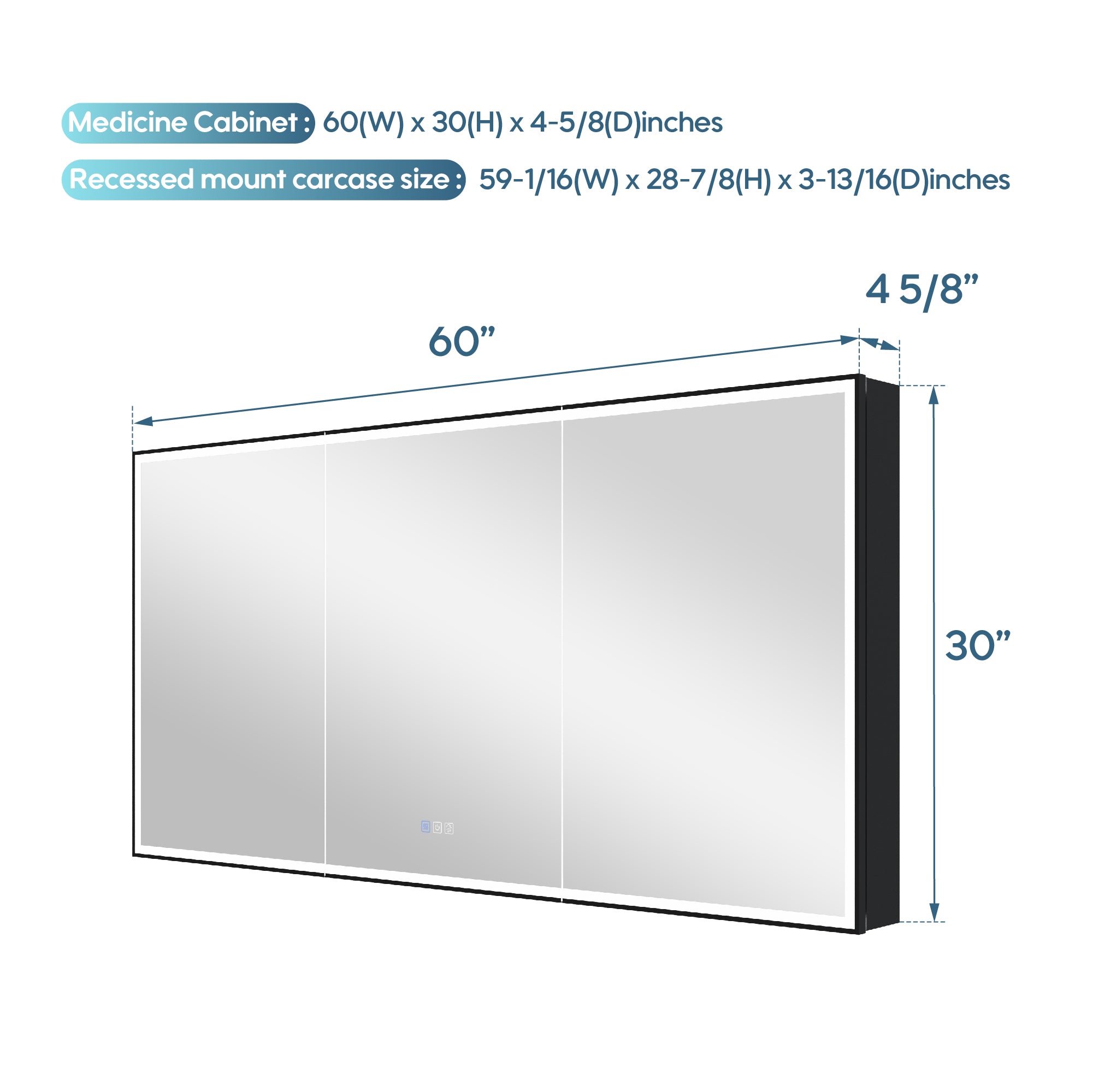
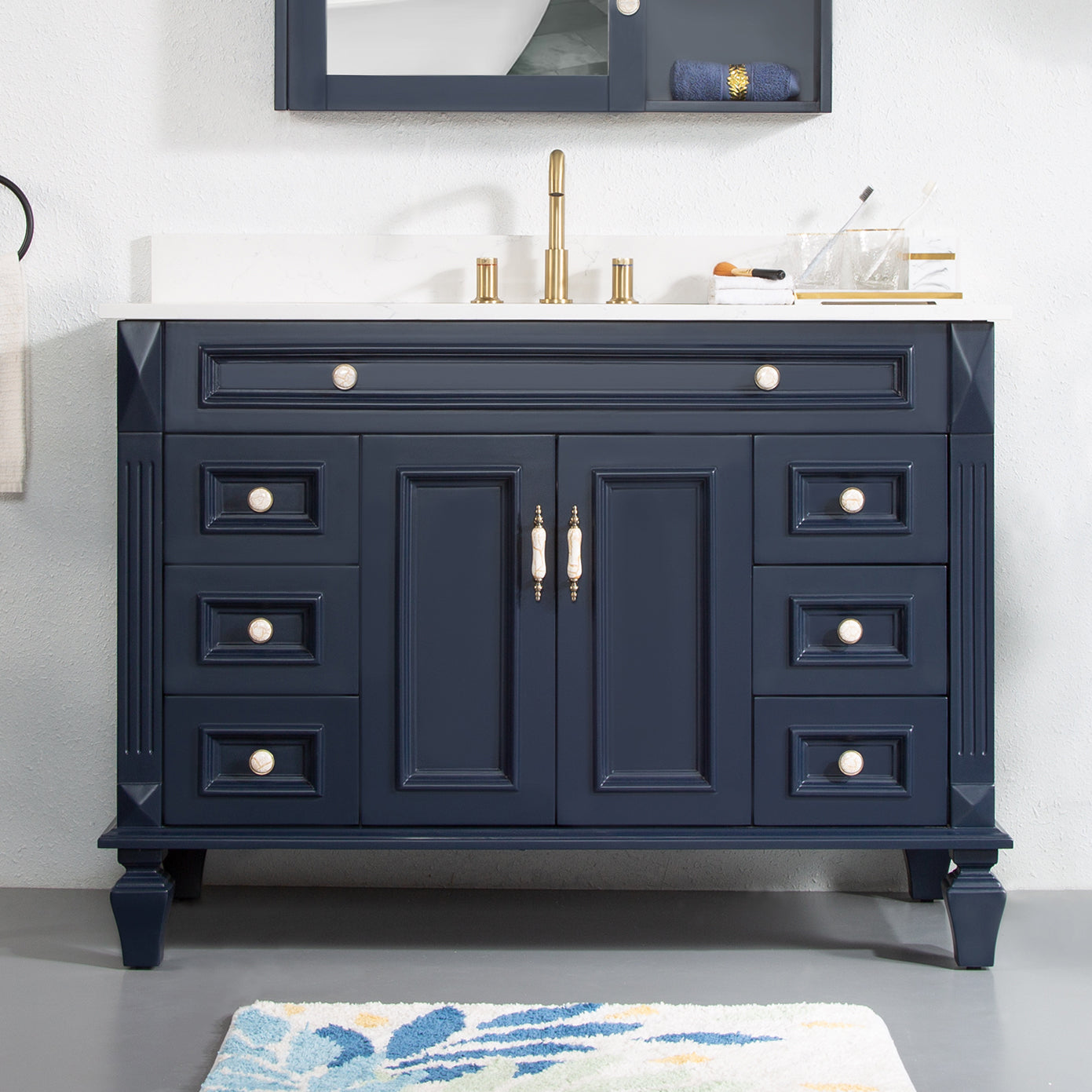
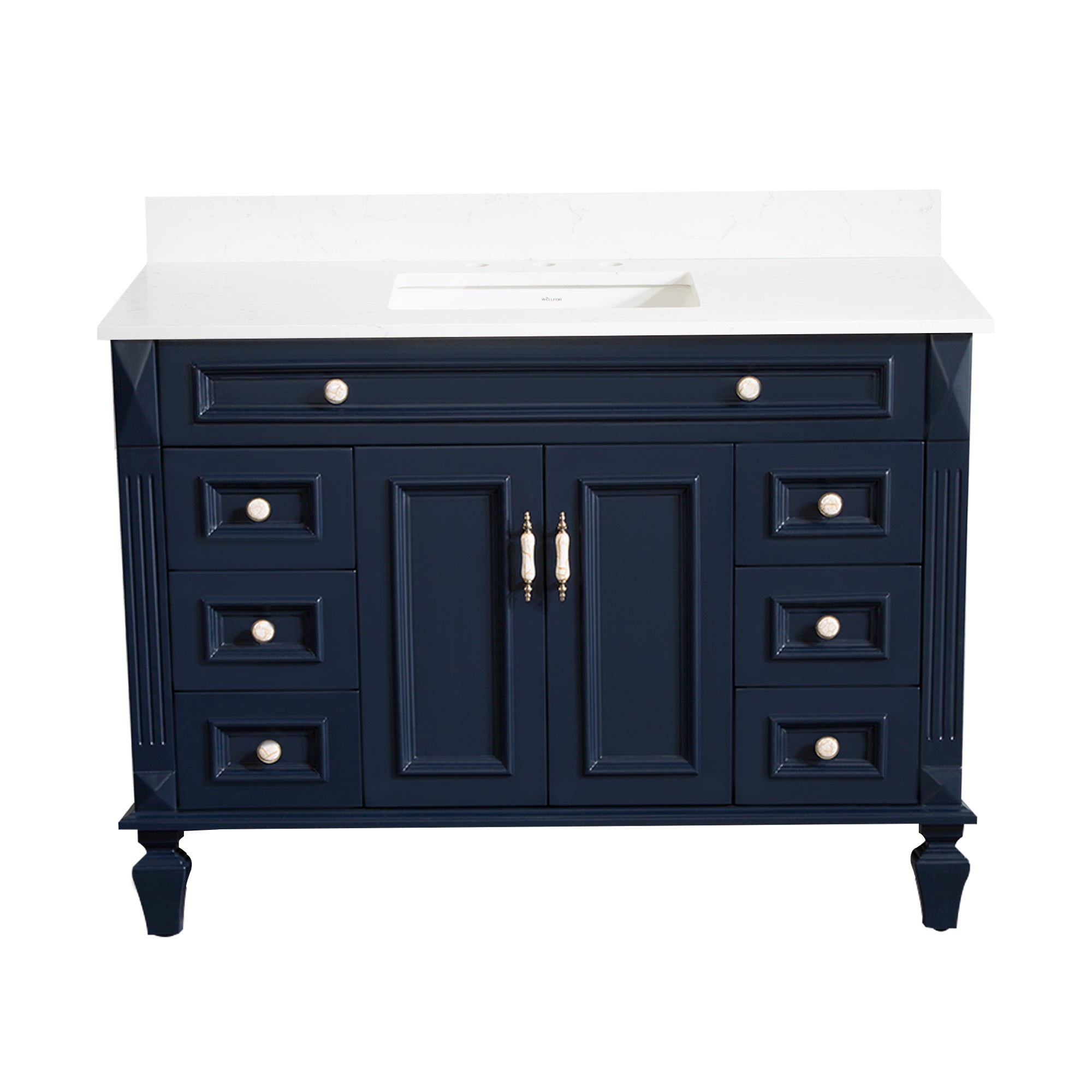


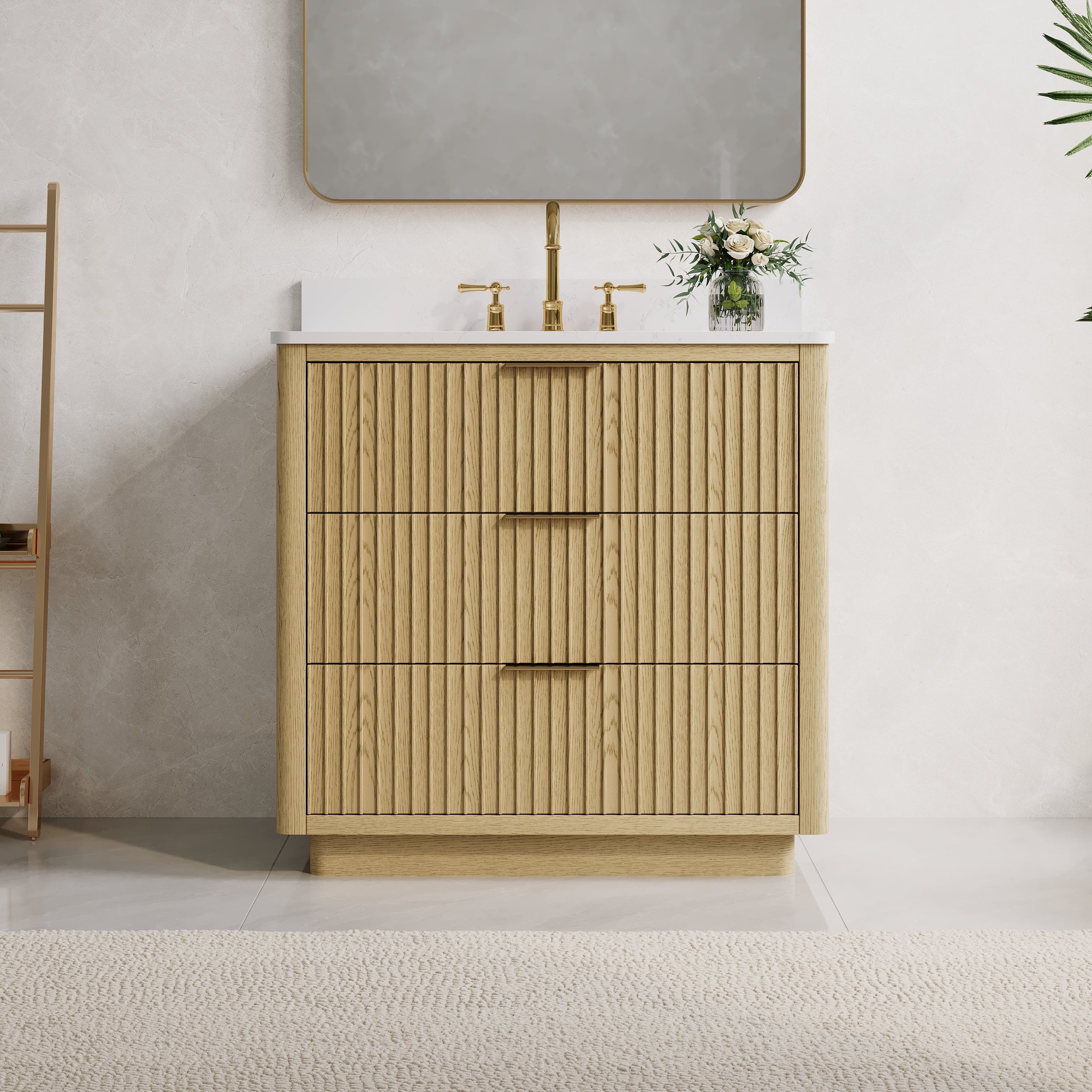
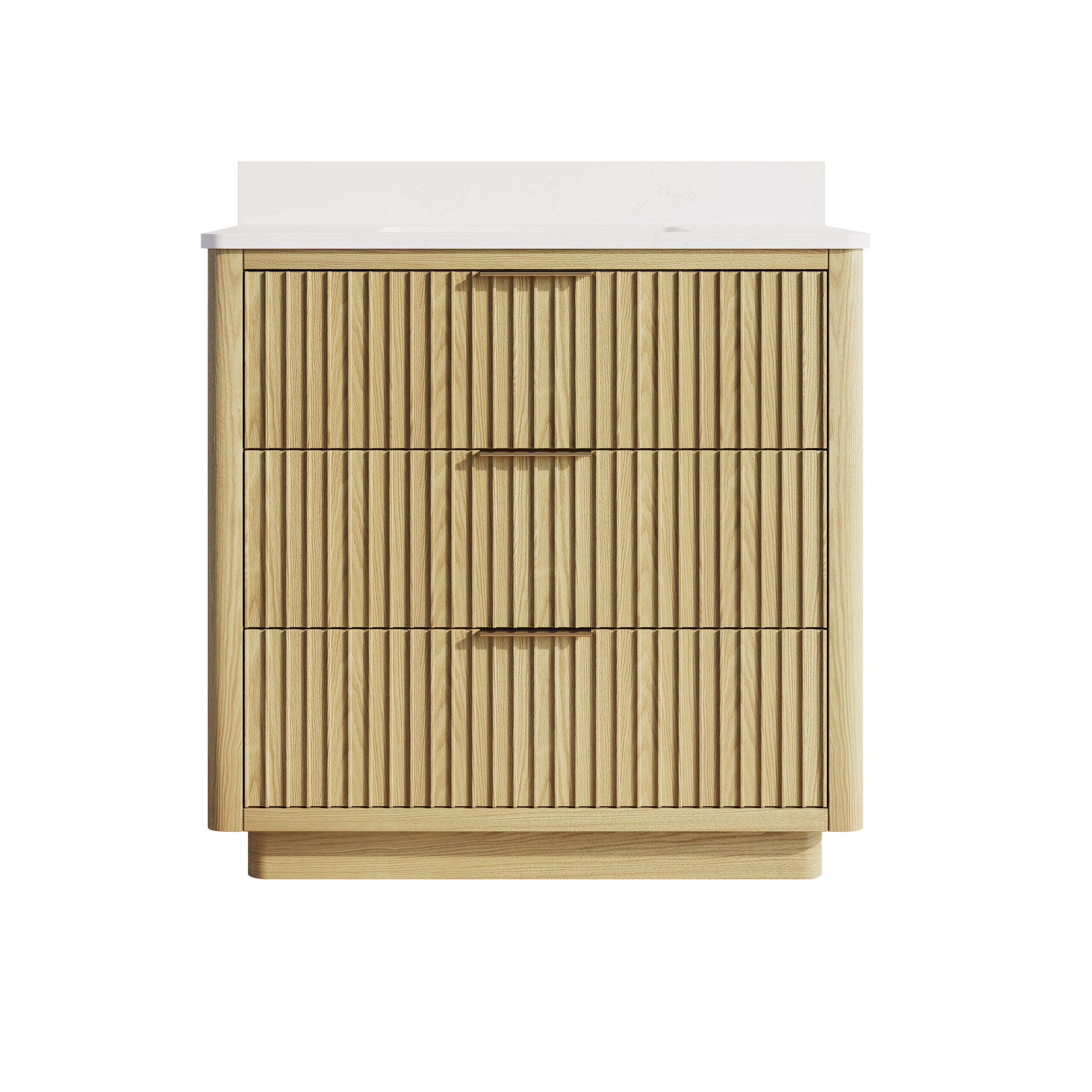

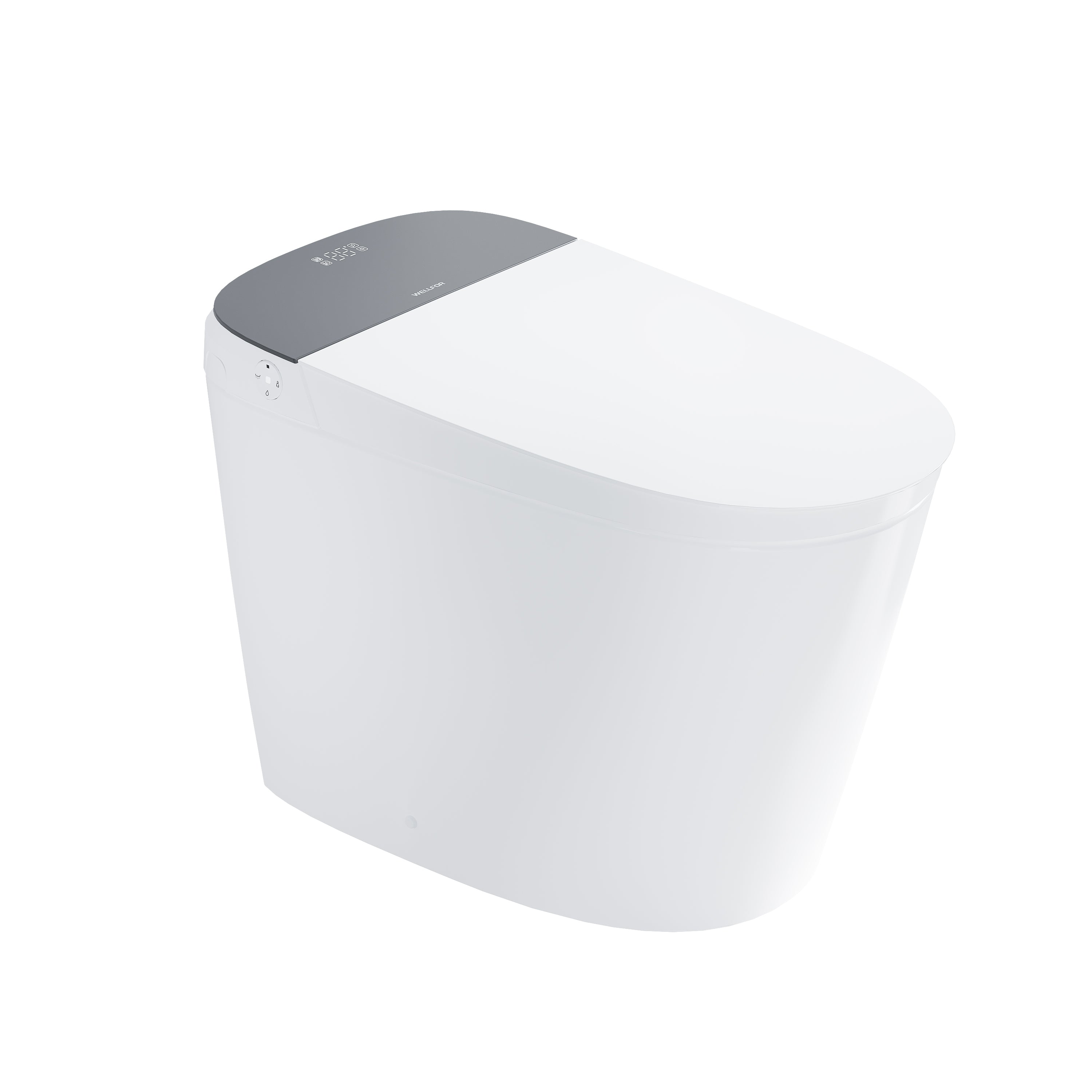
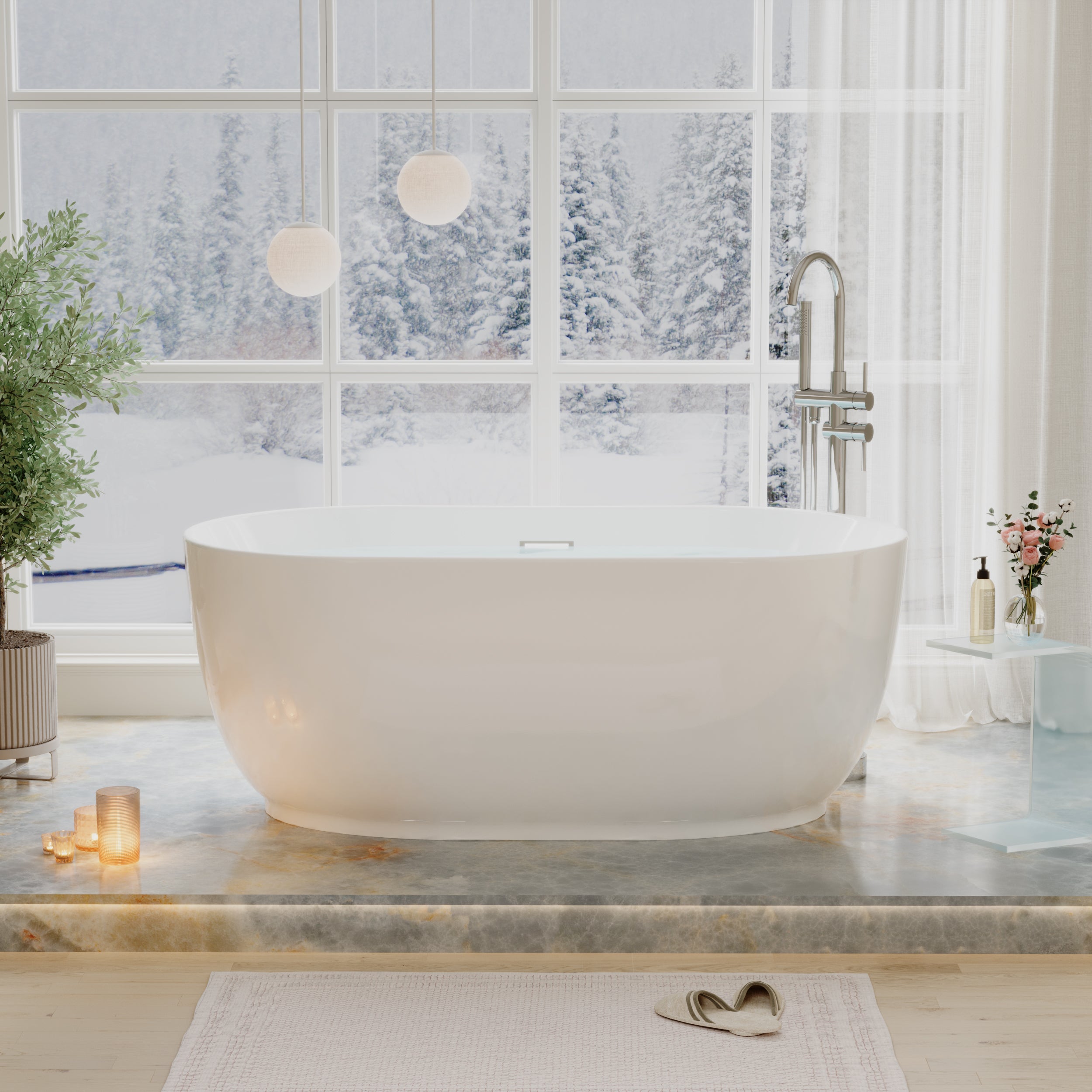
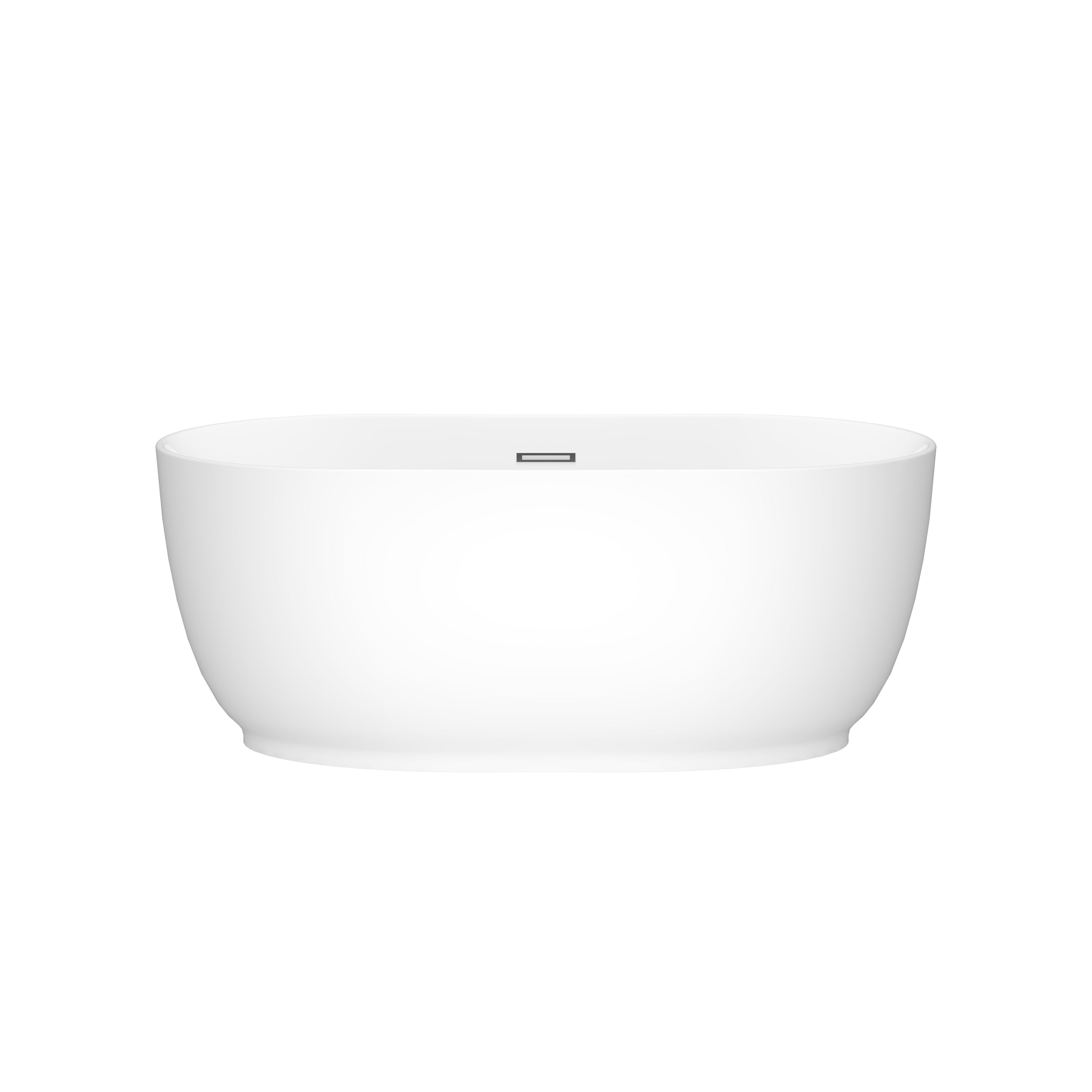
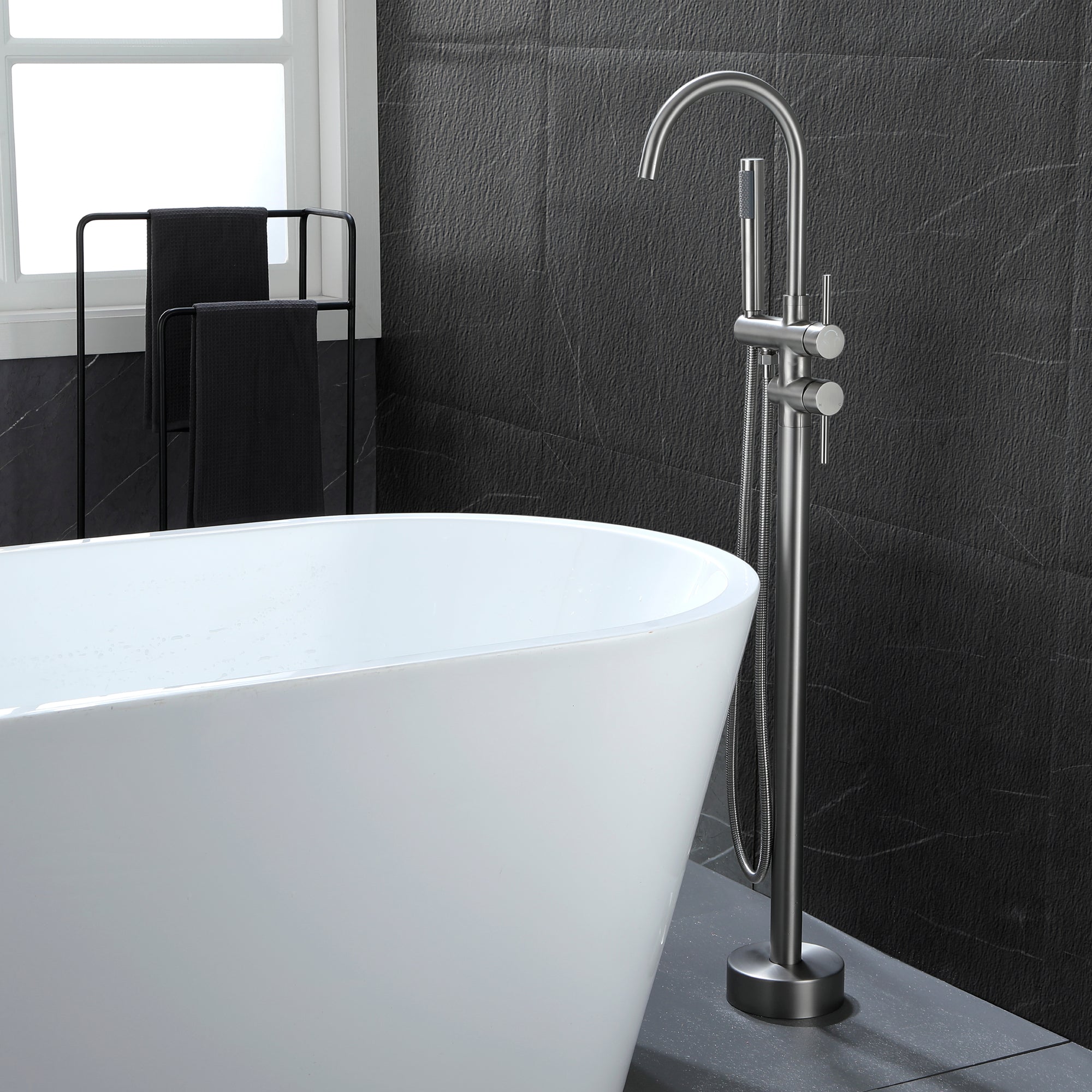


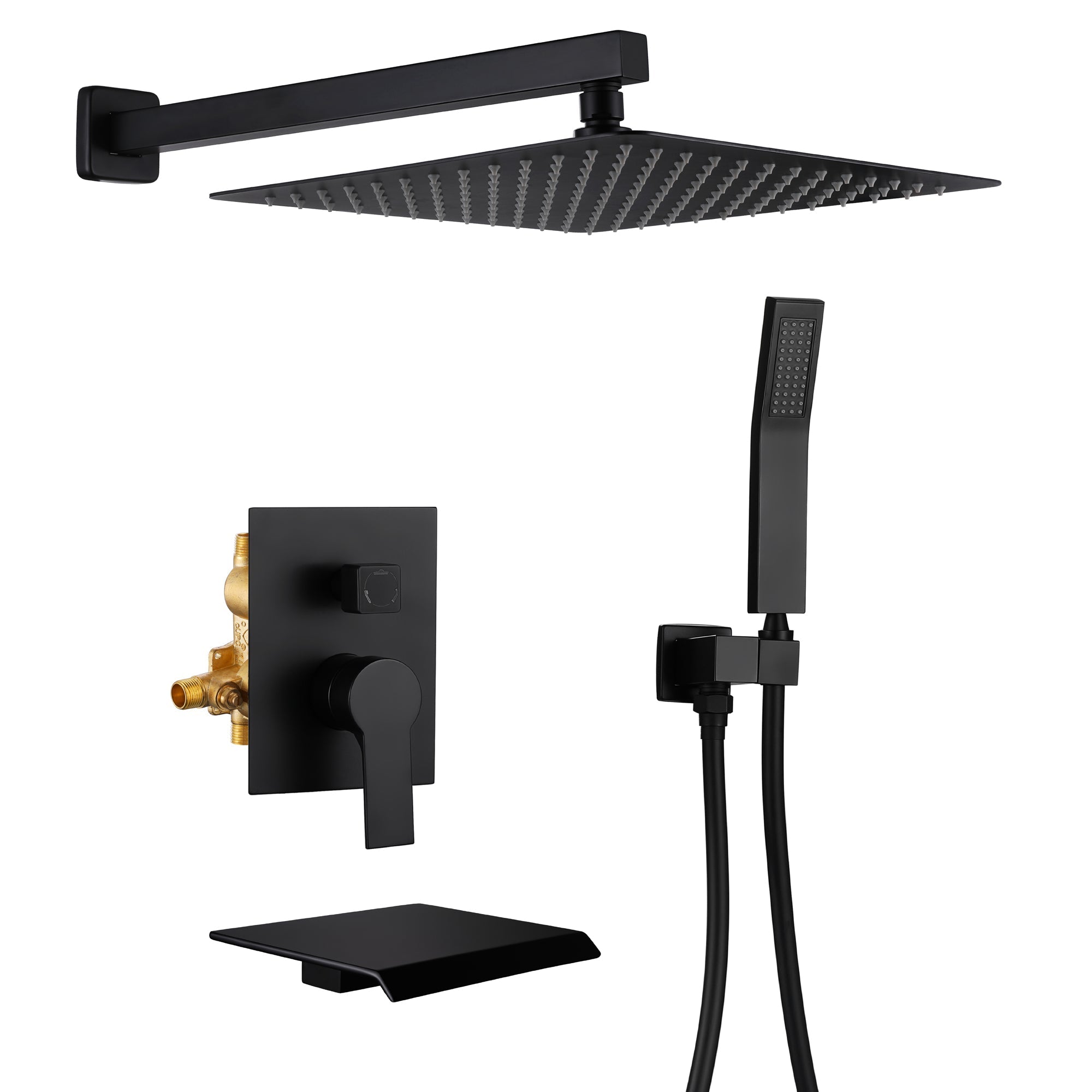
Leave a comment
This site is protected by hCaptcha and the hCaptcha Privacy Policy and Terms of Service apply.